- Публикатор: Kirill Kozmin (tru-la-la)
- Текст: Kirill Kozmin
People who live here call it - «Village on the outskirt of a city in a city». A pirate bay in a very center of Copenhagen is surrounded by new city opera and art schools from one side, a navy base from another, a free city Christiania from the third and one of the most expensive restaurants in the world "Noma" from the forth. How and why did it appear here and what are people who live here?
Foreword
Rapid technology development forces people to rapidly adapt to new surrounding conditions. A huge number of new possibilities creates at the same time none the smaller number of problems and questions. The biggest question is human relation with nature. Lots of people consider personal responsibility for this. For some refusing a comfort of civilization and turning to a more simple and in some sense primitive live is an answer to this question.

The harbor is located in a very center of the city between three islands. On the first one (in the background) there are new opera building and schools of art. On the other one the Danish navy base, and on the third one free town Christiania and restaurant "Noma"
Part one: Esben

Esben in his office-boat
Passing through Christiania from the main gate to Refhsals channel you will appear on a road leading to old docks. This road by the channel is one of the oldest roads in Copenhagen. In many places, you can see paving stones, made in times of King Christian IV, under a layer of asphalt. Military docks on the other side of the channel are rebuilt into modern offices for a long time ago. The road ends with ammunition chamber from the second world war were "Noma" restaurant is located now - one of the most expensive restaurants in the world. The island across the channel belonged to Danish navy until 2006. Now there are art schools and the new Danish opera is located there.
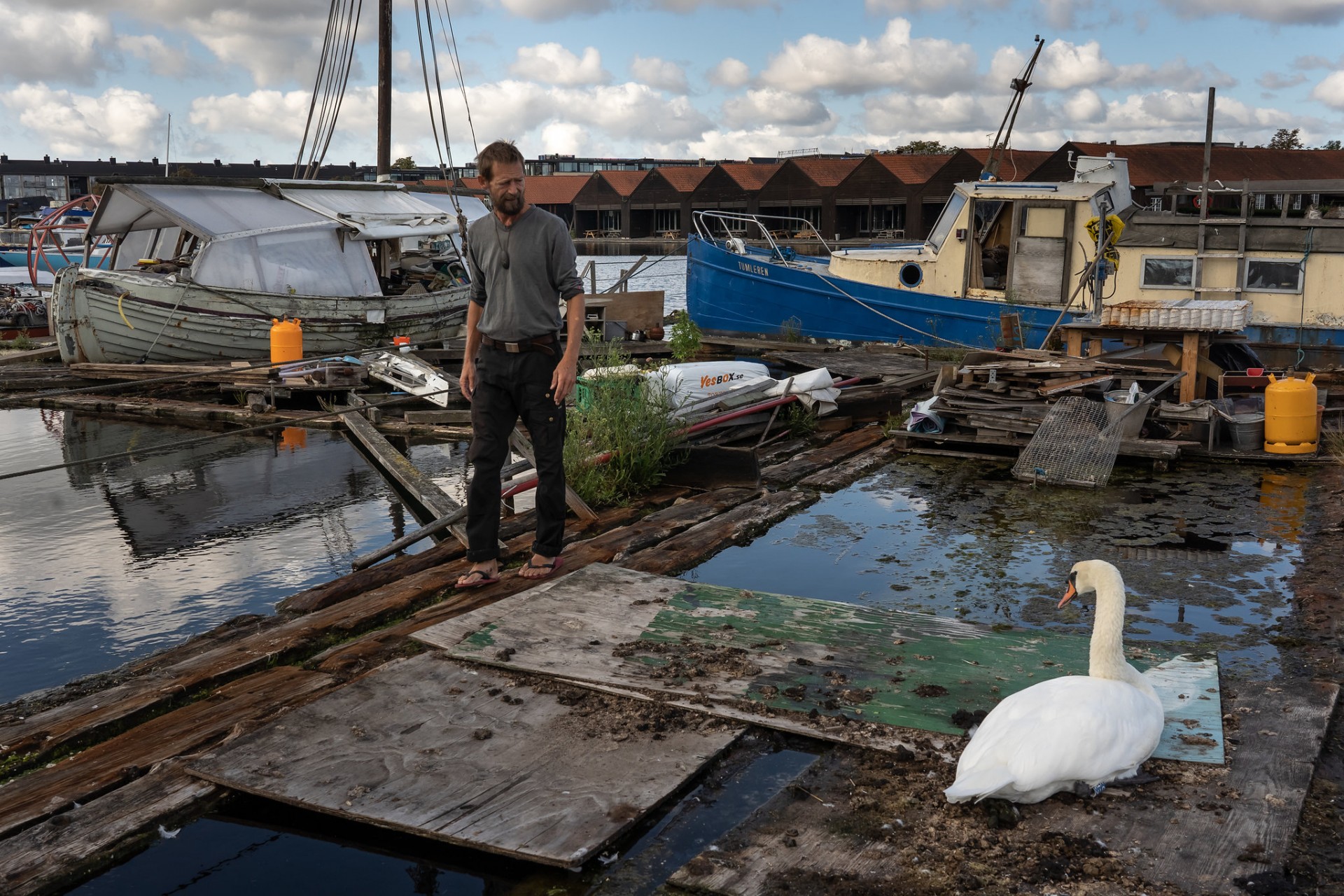
Esben has special relations with birds. He never feeds them, but there are lots of birds sleeping and building nests around his boats.
The year 2008 a man named Esben came into the channel on his boat. He lost his business during a crisis and decided to run away from society. He has been a boatbuilder himself before and has designed boats for the Danish navy, so he has visited the island to discuss his projects. Despite the location, this part of the city was relatively uninhabited. Along the coast, there were reeds where waterfowl nested, and there were many foxes on the islands. In this place, Esben anchored his boat.
Because of the reefs it was imperceptible that the whole coast was covered in trash. The trash was pushed here by the current from the main channel and stacked in the reefs. Mostly the trash consisted of plastic bags, disposable mugs, cigarette box packages, etc. Esben saw birds' nests build on heaps of trash. Some birds tried to eat the plastic and choked.
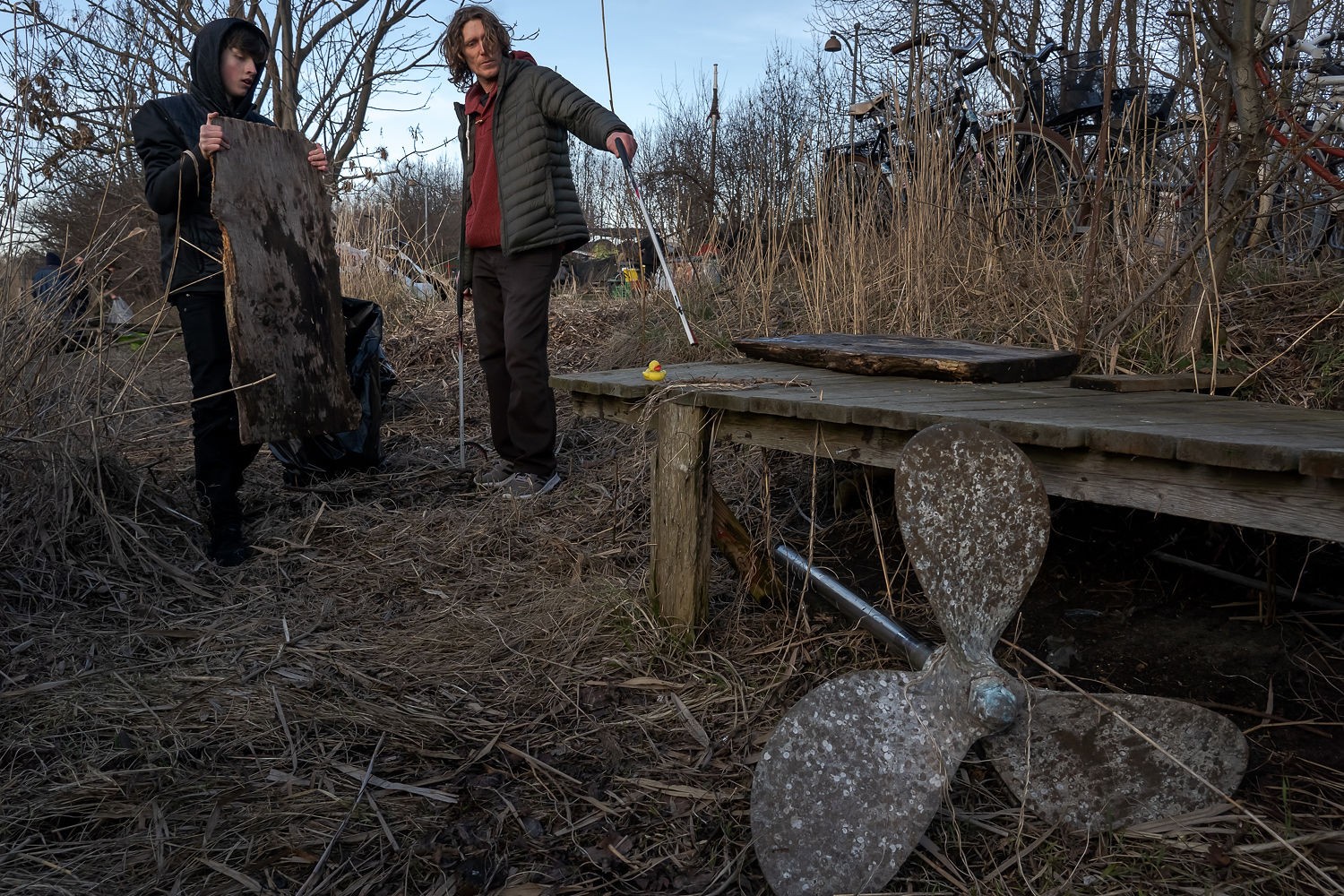
Each year in spring the harbor inhabitants and people who support the harbor clean the reefs, so that waterfowls could build nests there
During the next two years, Esben cleaned the channel. It became a cause which gave him meaning to his life. He cleaned the whole channel, but when he returned back to the beginning he saw the coast was filled with trash again. While cleaning, Esben found old stocks that had been used to stop the enemy's ships from coming to the channel. He decided to use the stocks again to protect the channel from incoming trash. A cross-like floating construction was made which served as a peer for his boat at the same time.
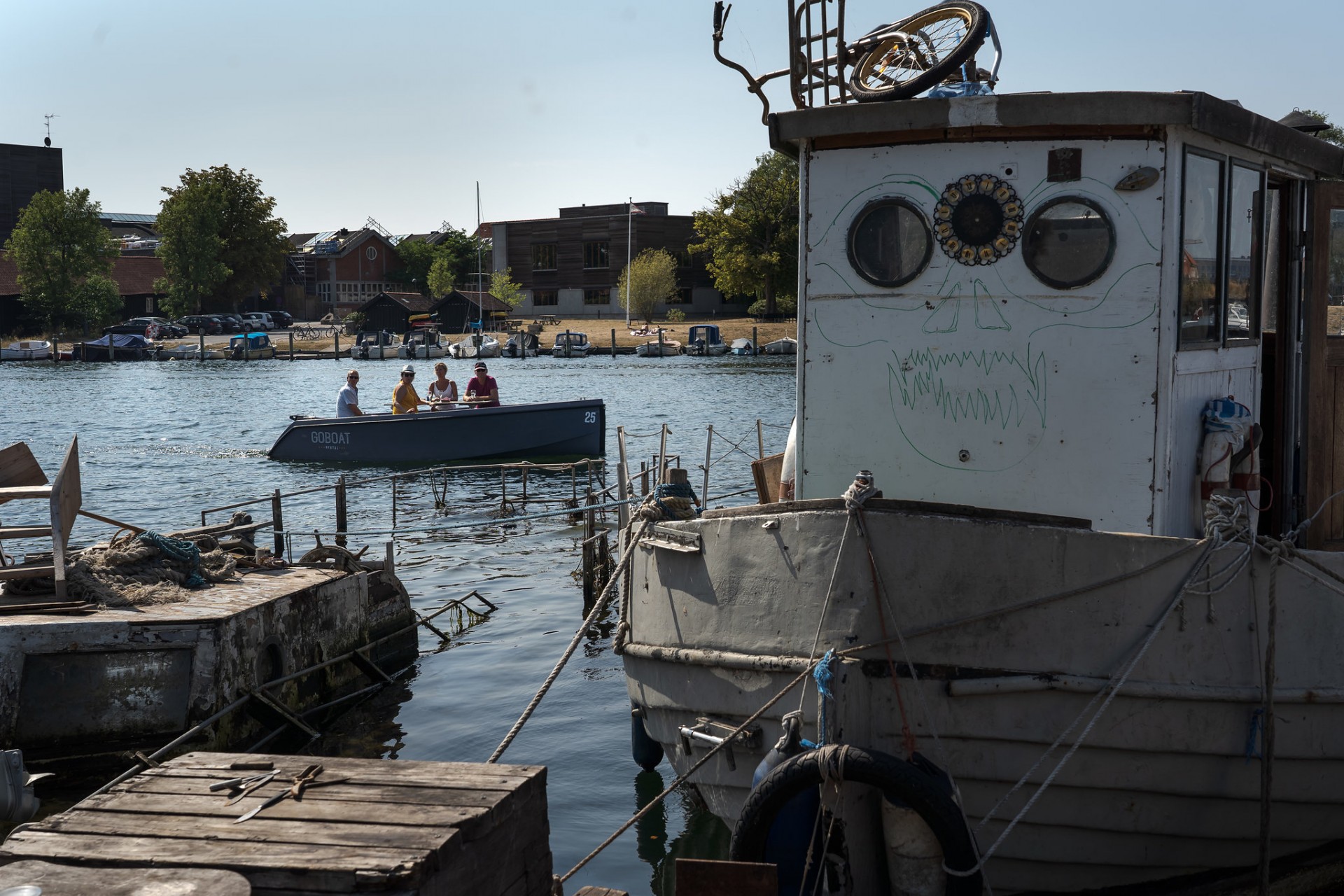
The channel where the harbor is located became open for civil shipping in 2006 only. Today lots of tourists boats passing here. The harbor became one of tourists attractions, which is referenced by the guides on the tourist's boat.
Esben got two more boats later. One served as a bedroom, another as an office.
People don't know how few things they actually need for life. One cannot understand this until he lived in these conditions. I charge my mobile once a week and can talk till the battery is over. If it gets over earlier, then my talk limit is over for a week. I separated my bedroom from the office because it creates a working mood which it allows me to change the rhythm of the day. Every person living in the bay knows that if my office is open from the peer side I am available for visitors. If it is open from another side I don't want to see anybody.
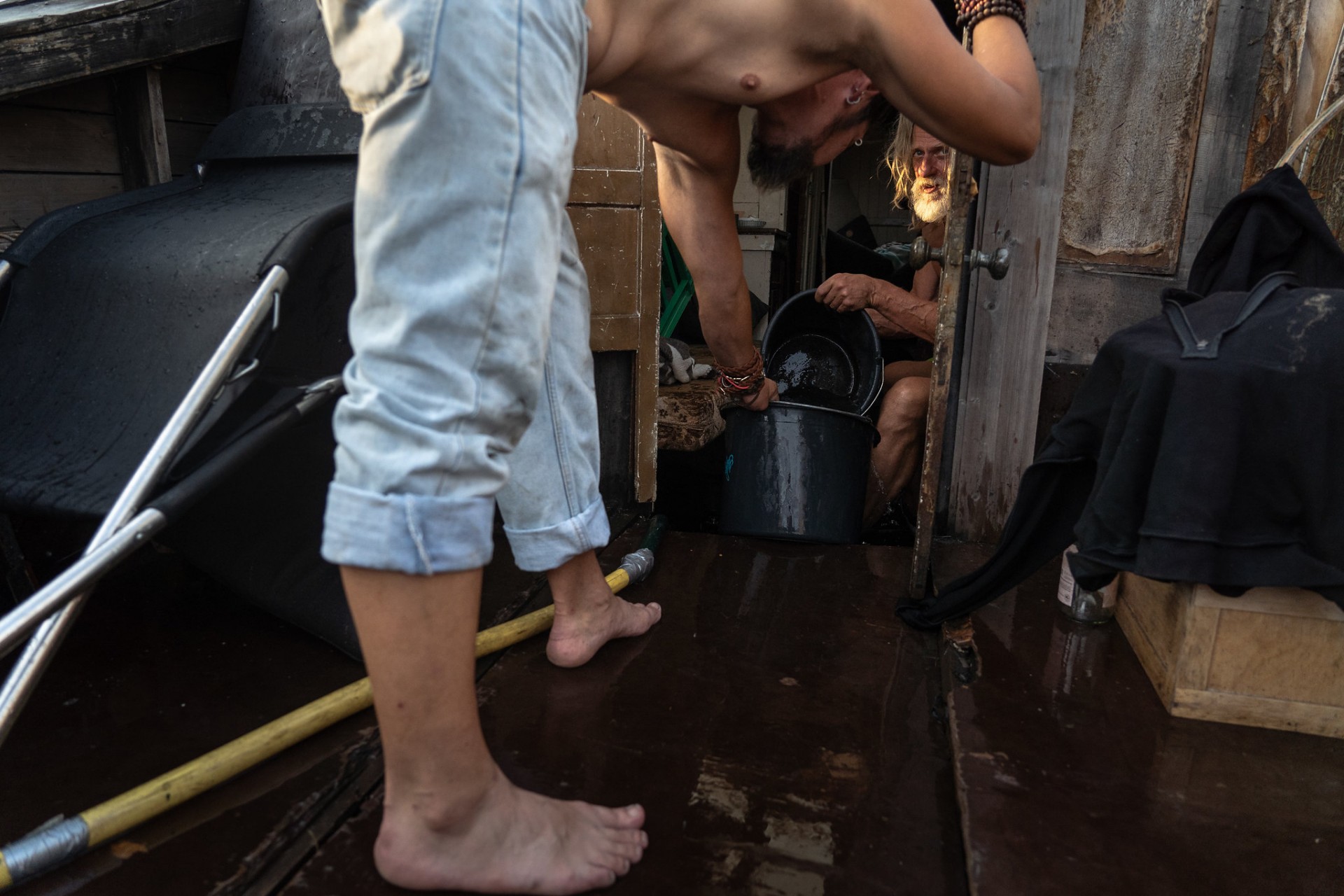
There are many old boats in the harbor. The water should be pumped out from some of them time to time
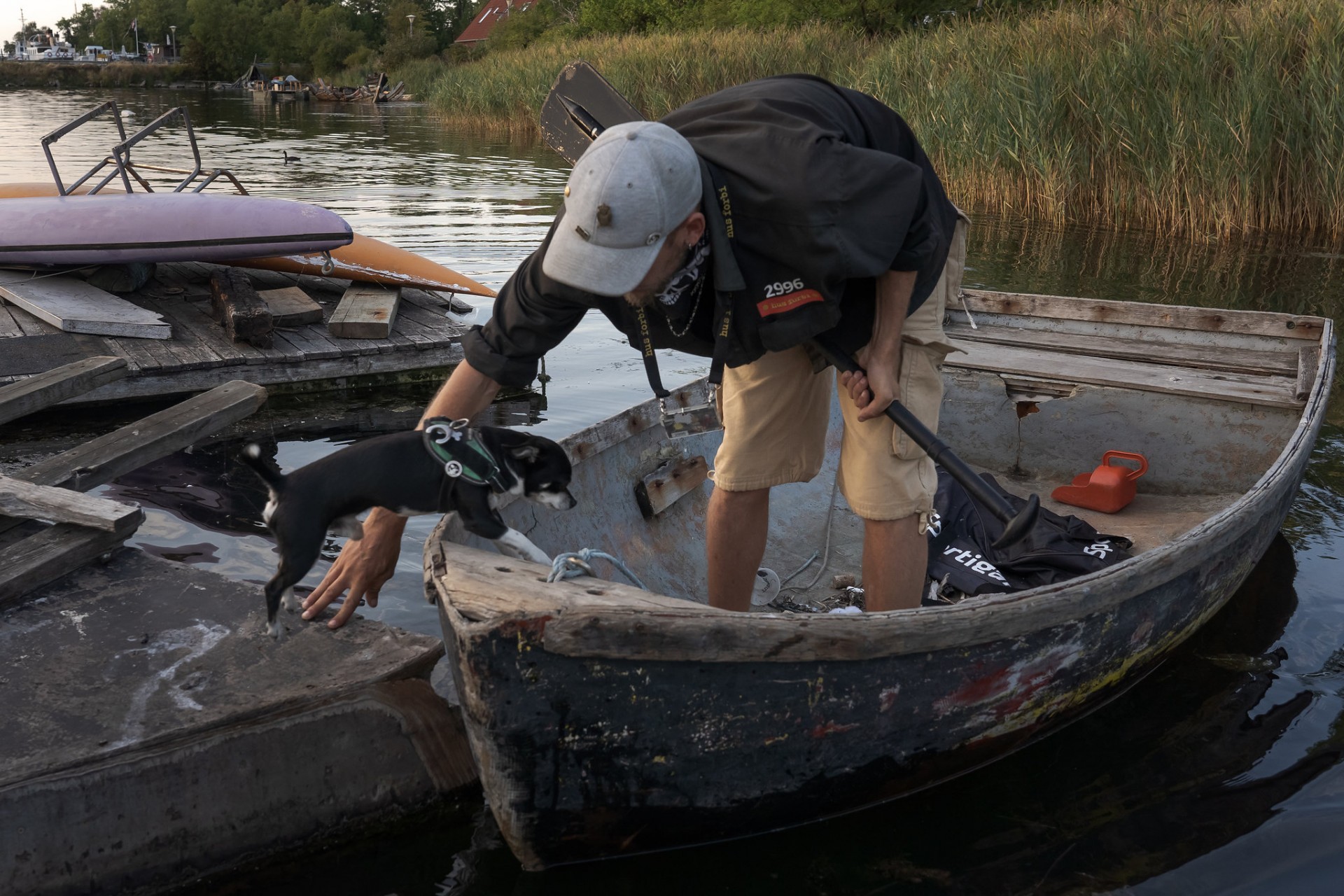
Smaller boats are used to get to the islands
More people joined Esben over the next years. There were many students from art schools, located across the channel. There were artists and musicians. People who were coming to live in the bay wanted to live away from the daily rush and close to nature. For some people, it was the first permanent home in their life. The bay was expanding, and the number of boats grew. The municipality tried to evict the bay inhabitants, but they created a union and insisted that they have a right to be here. The union name gave a name to the place – "Peace harbor".
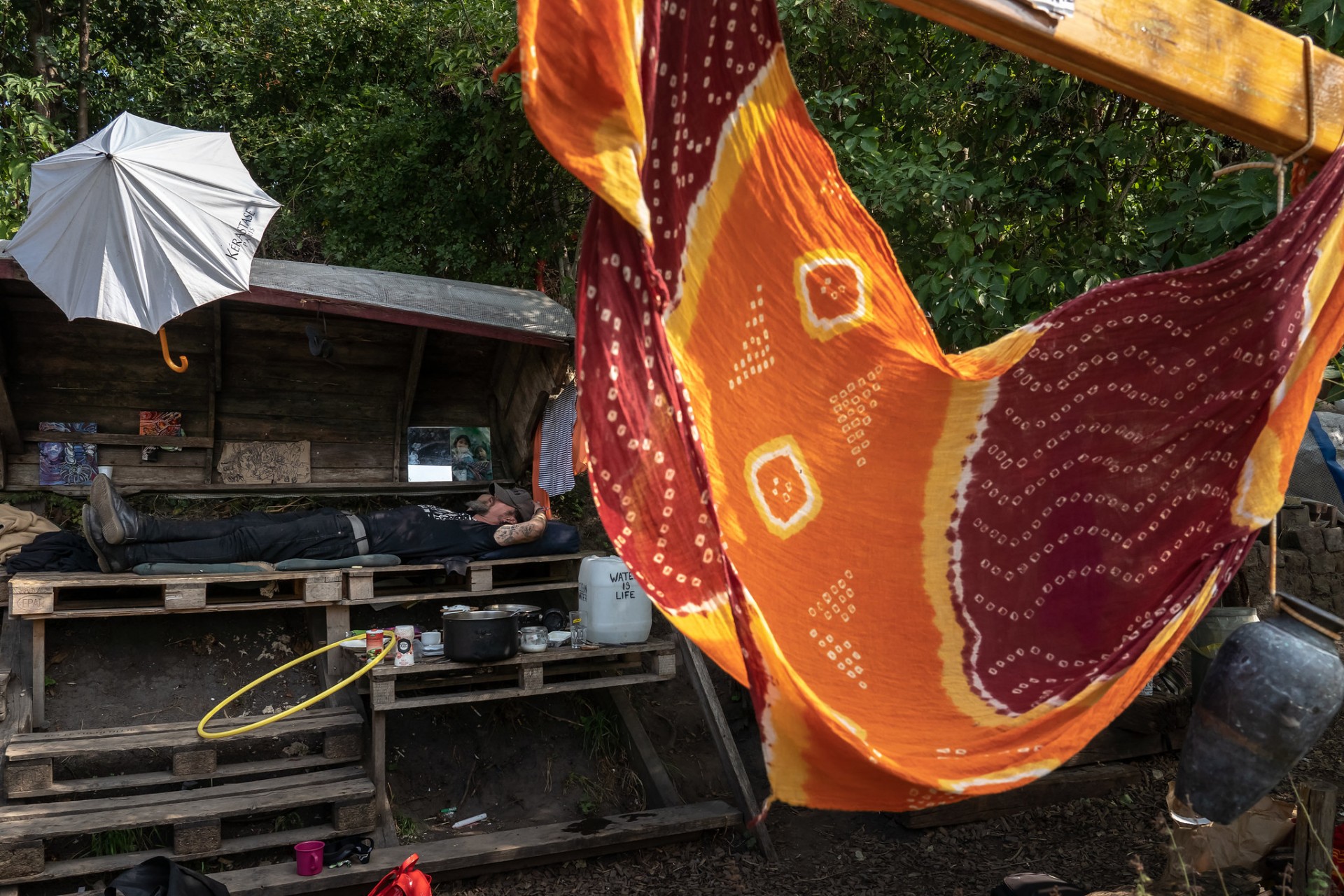
A garden is a place where harbor inhabitants gather and many guests are coming
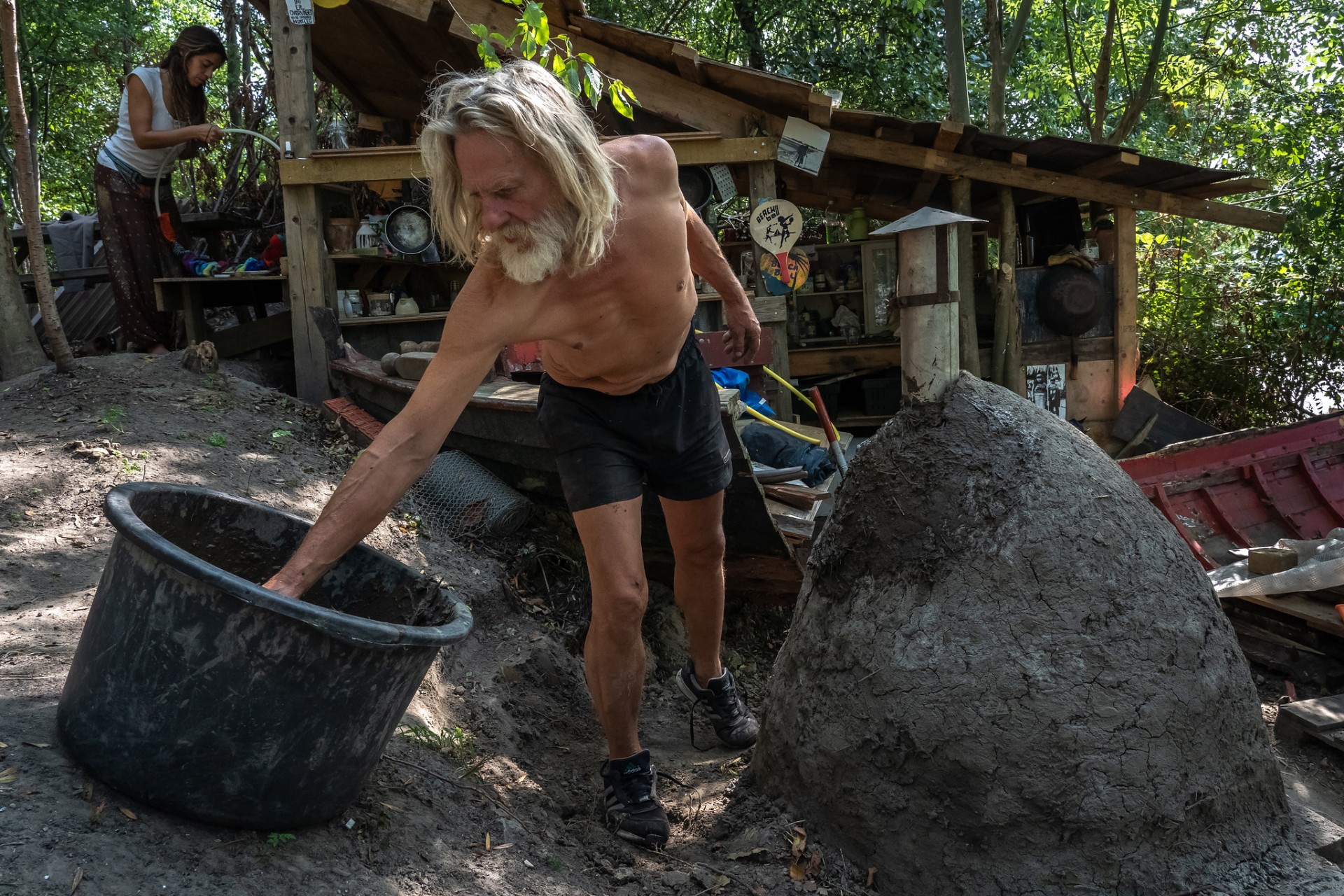
Steven finishes chimney
Birds protection became one of the main arguments to stay at this place. The channel, where the bay is located, became available for civil shipping in 2006 only. Since that time ornithologists noticed that the number of waterfowls in the city started to decrease. They found an explanation: tourists boats created waves which overturned birds' nests. The number of waterfowls started to grow again with the Peace harbor advent. Boats anchored along the coast protected the waterfowls' s nests.
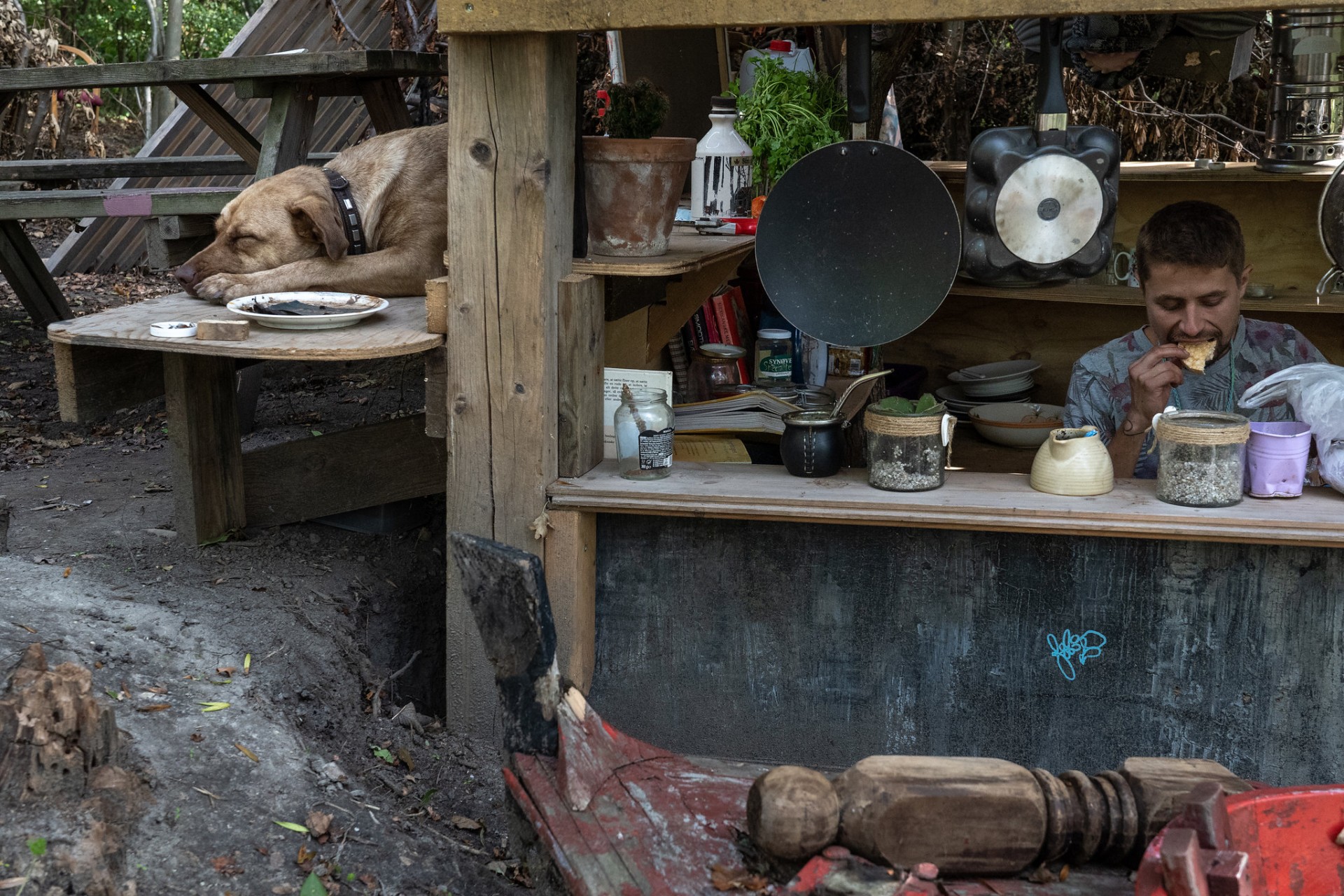
Kitchen
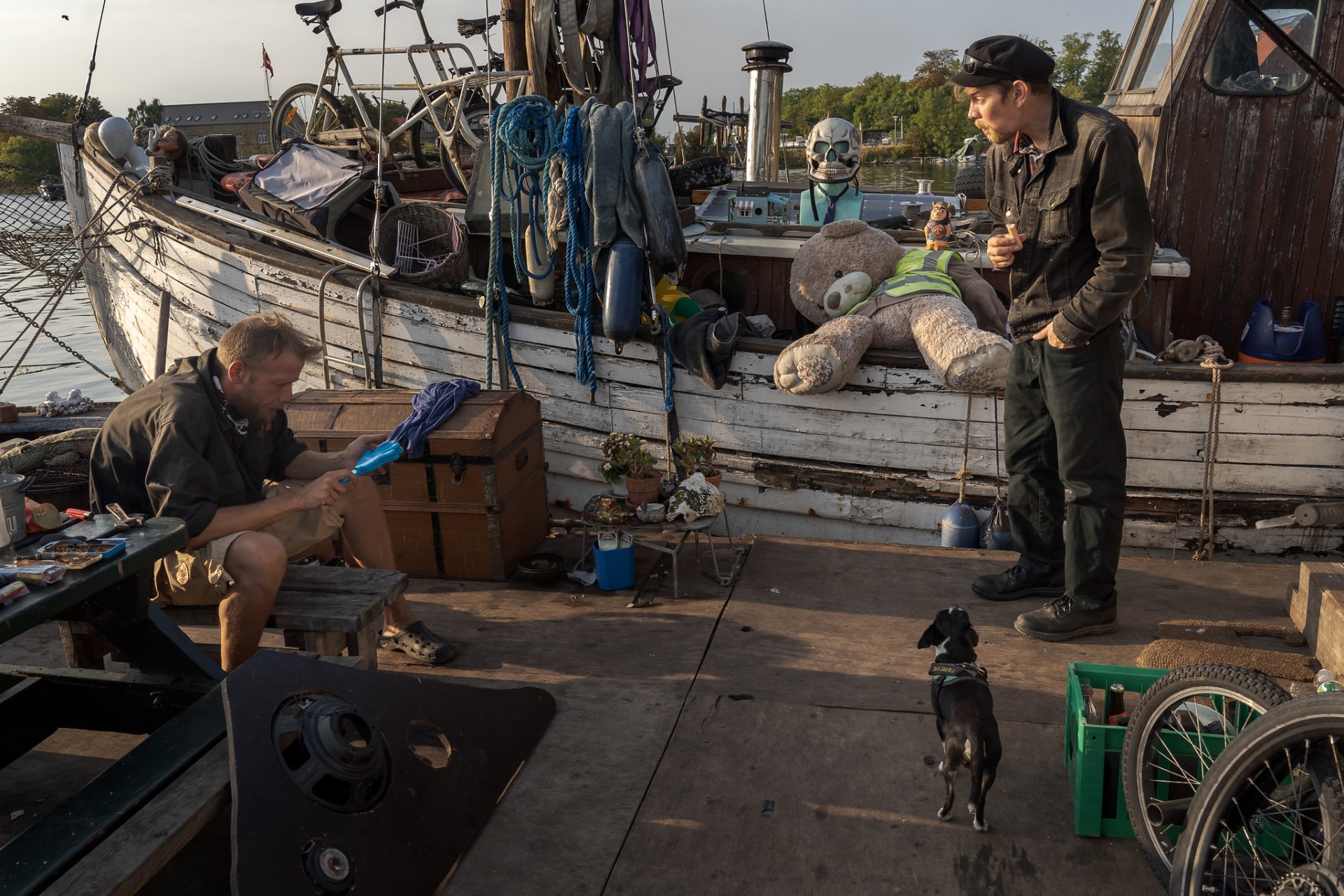
Lots of things on the boats were used and thrown away by the previous owners
Esben says that he has special relations with birds. He never feeds them because bread and other human food is harmful to them. Birds find the food on the channel bottom if it is clean from the trash. Harbor inhabitants and other people who support harbor clean the reefs each spring so that birds could build their nests there.
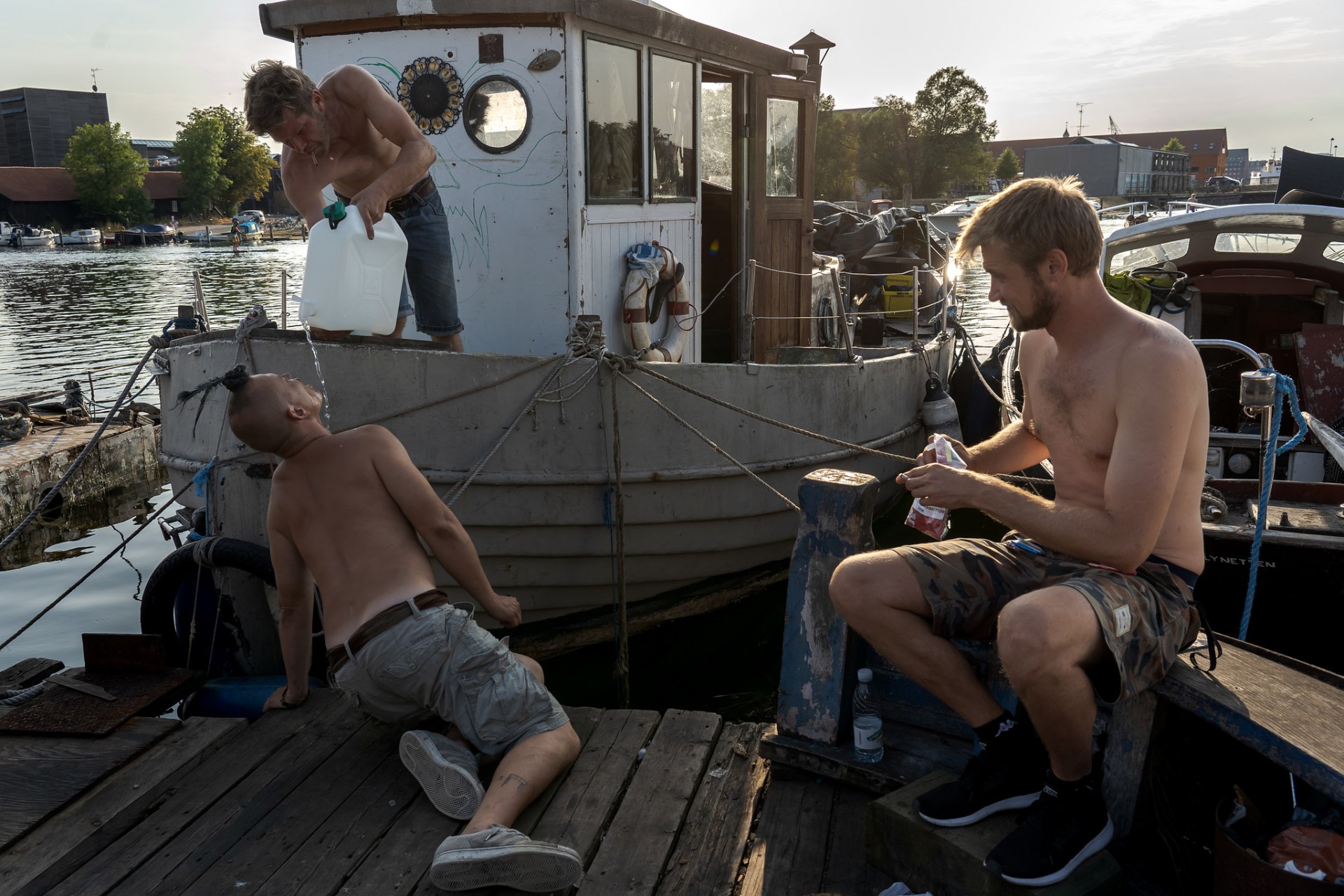
Pirate island

Harbor garden is a meeting place for many completely different people who would not meet anywhere else

Boat owner prepares his boat for winter
Most of the boats are old. Many are with interesting stories behind. For instance, one of the boats was built in Italy before the second world war. It was later transported to Denmark and used for drug smuggling. Current boat owner bought it for one Danish crown. This symbolic price is paid for many other boats in the harbor. Esben explains that Denmark does not have a similar utilization program for boats as for cars. That is why the owners are more likely to sell a boat for no price rather than paying huge money for boat utilization.
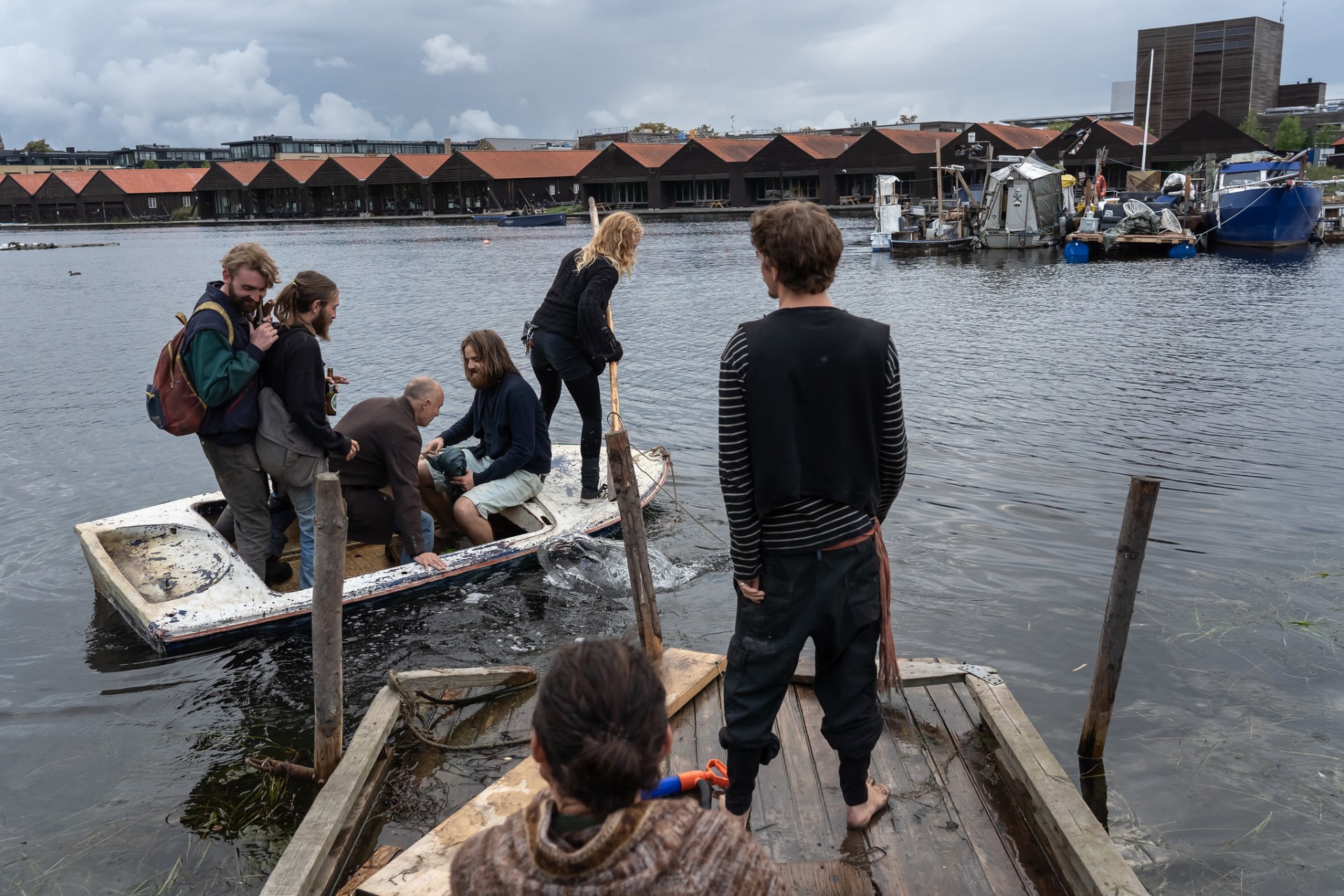
Guests crossing the channel to a party on one of the islands
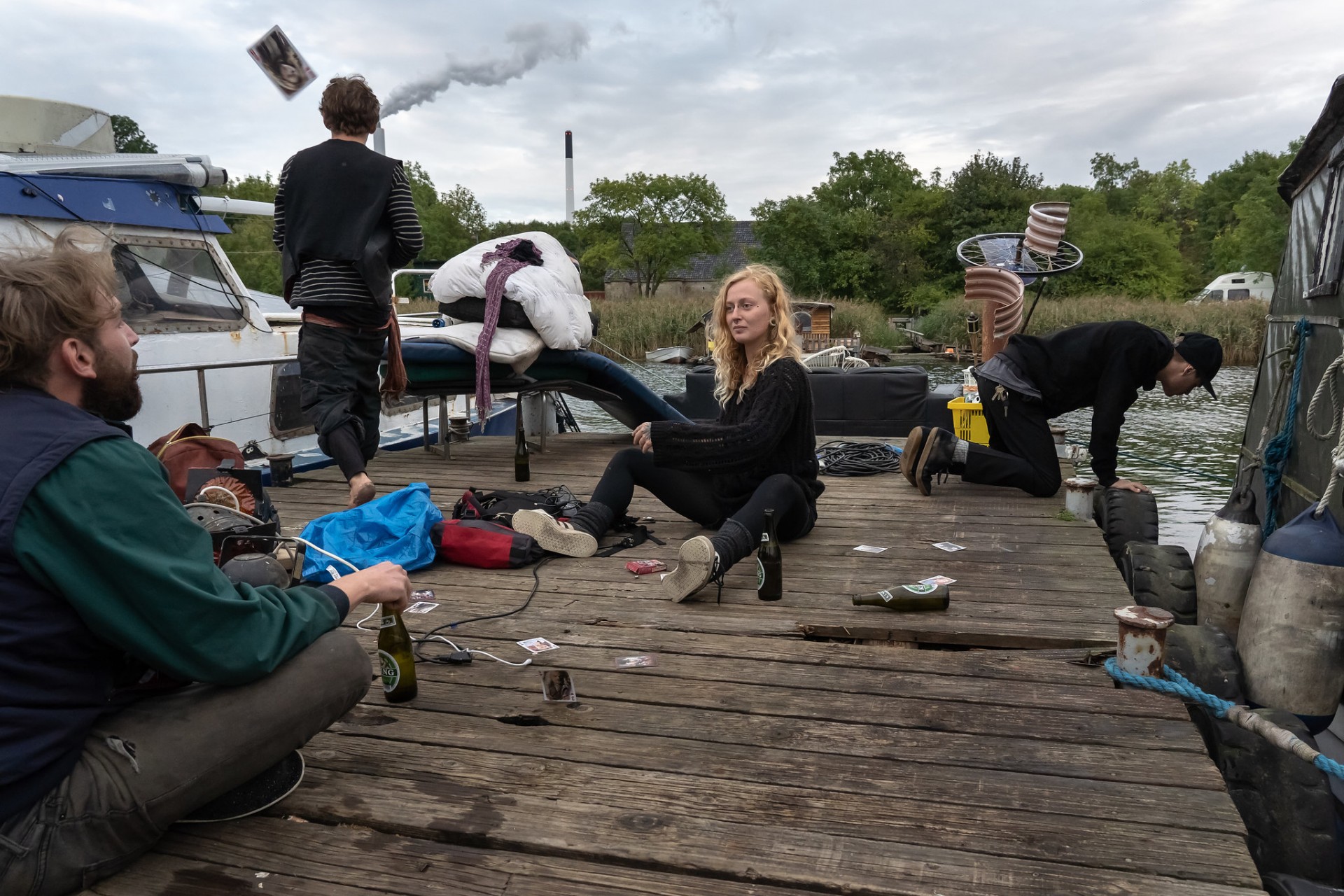
Card game during a party on one of the islands
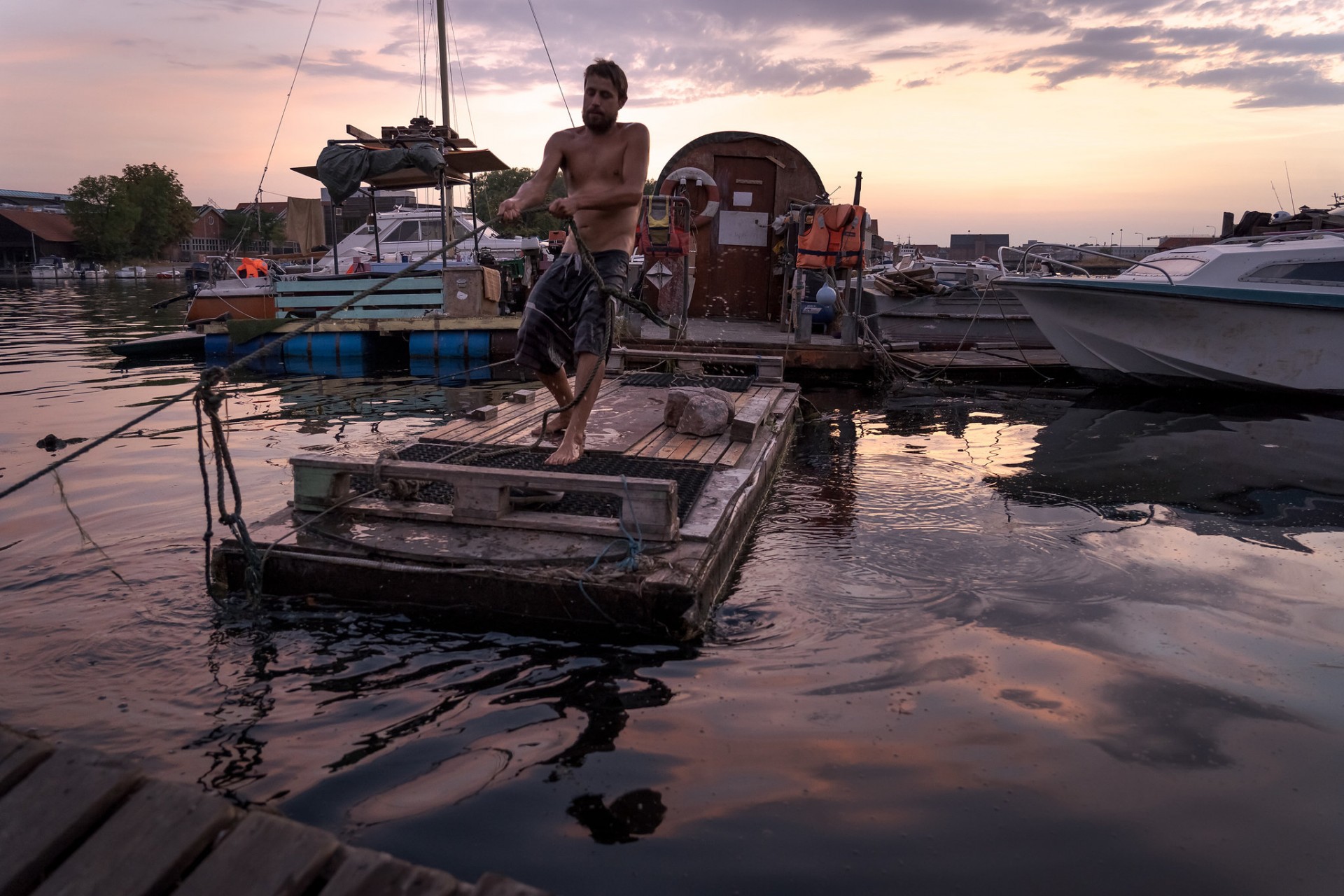
To comply with coast rules almost all island are separated from the shore. Small boats or floats should be used to get to the islands
The harbor consists of several "islands" – boat groups and floats, tightened together. There are a garden and an open kitchen on shore. This part of land belongs to "Noma" restaurant.
The restaurant bought the land and moved to this place when the harbor already existed. But it allowed keeping the harbor buildings where they were.
The restaurant bought the land and moved to this place when the harbor already existed. But it allowed keeping the harbor buildings where they were.

One of the islands
Like any harbor, this one is a crossroad and a meeting place for many completely different people who would not meet anywhere else. Travelers from different countries stop by here. During my time in the harbor, I met people from Italy, Brazil, and Ecuador.
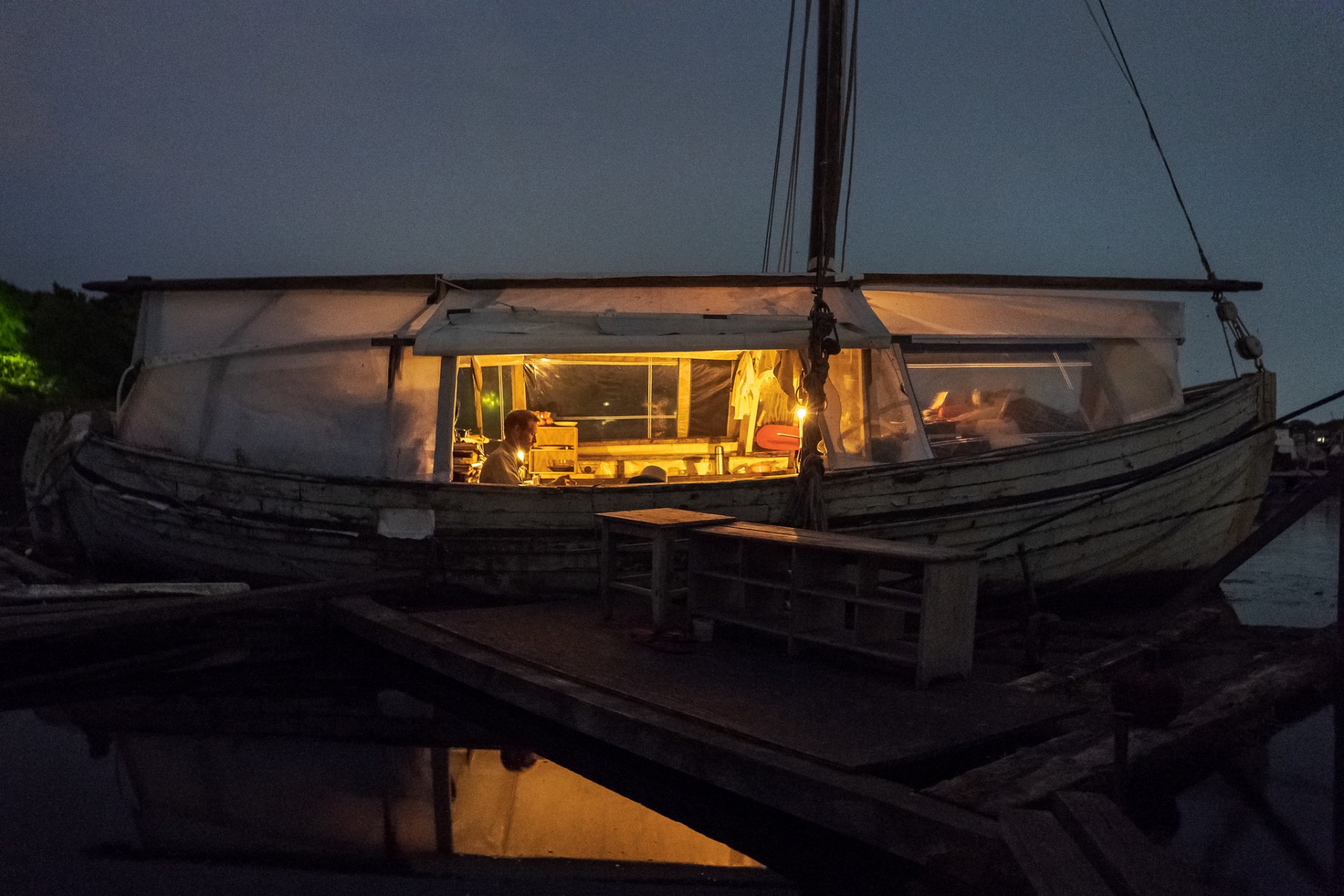
Candlelight is of the things why Esben lives on the boats
Part two: Patryk
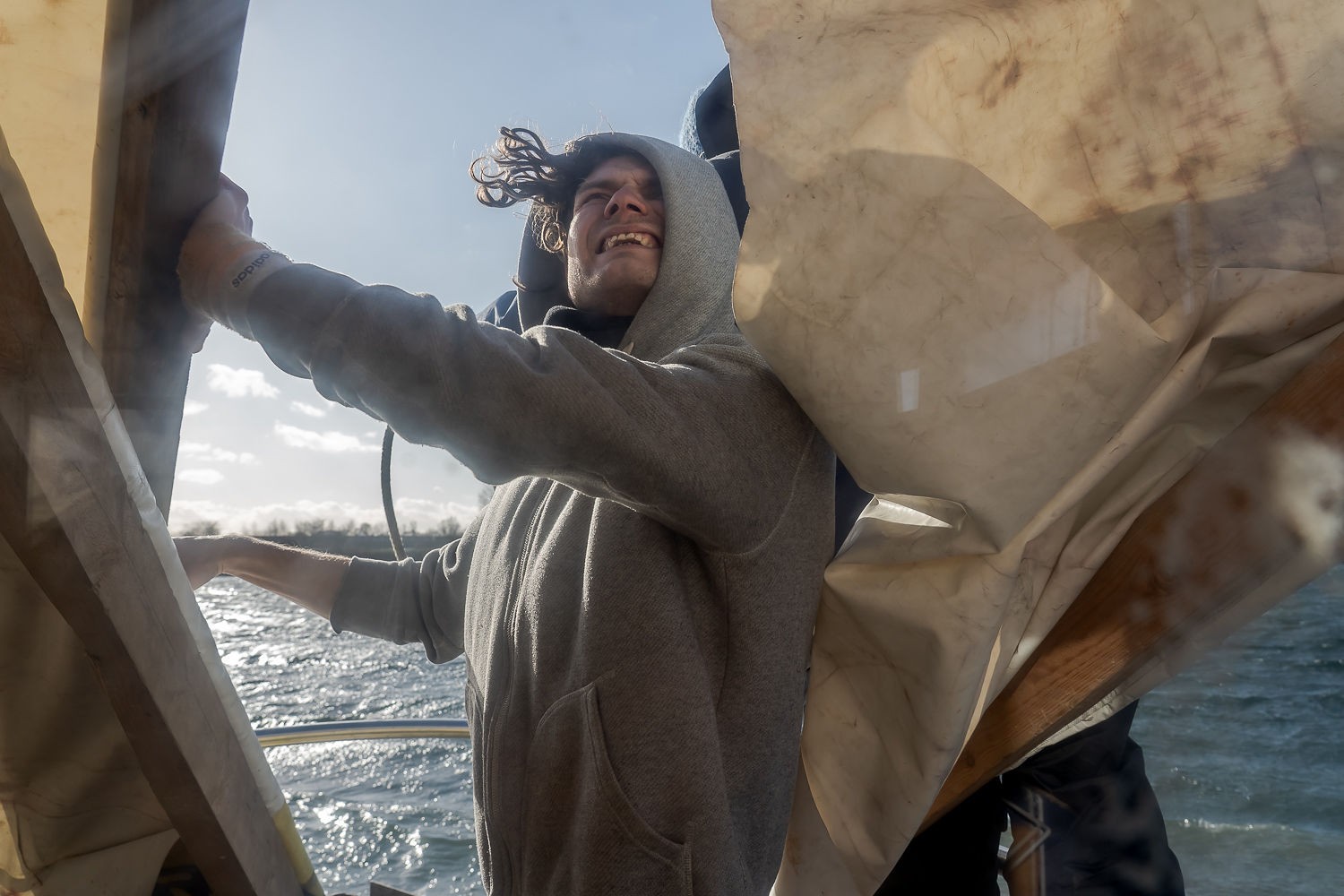
Patryk takes off boat cover during a storm
Patryk came to the harbor one and a half year ago. He is an engineer, like Esben, but in mechatronics. Patryk worked for commercial companies and at university but decided that scheduled life is not for him. He wanted to leave the world of consumption and create a house for which he should not pay to anybody. That is why he started to build his own boat in the harbor.
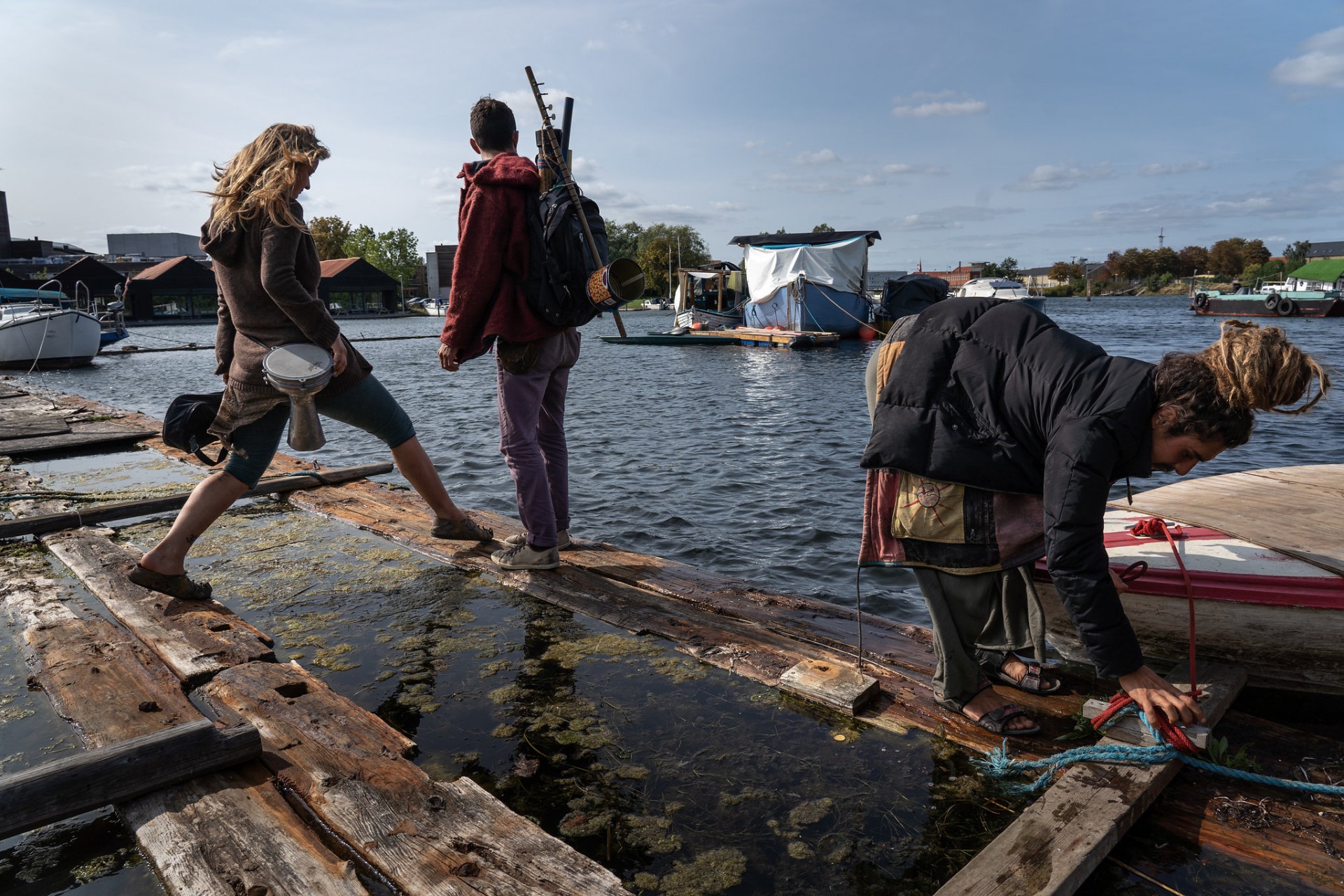
Monika, Joao, and Nassir came to the shore from their island
Copenhagen municipality at that time was driving trash upcycling experiment. In the upcycling process, opposite to recycling, upcycled object function is changed, and the additional cost is created, thus giving a second life to an object. An experimental space was opened at one of Copenhagen's recycling station where people could realize different projects using collected trash. Patryk started to work as a project leader for one of the projects. It allowed getting free materials for boat building, besides income.
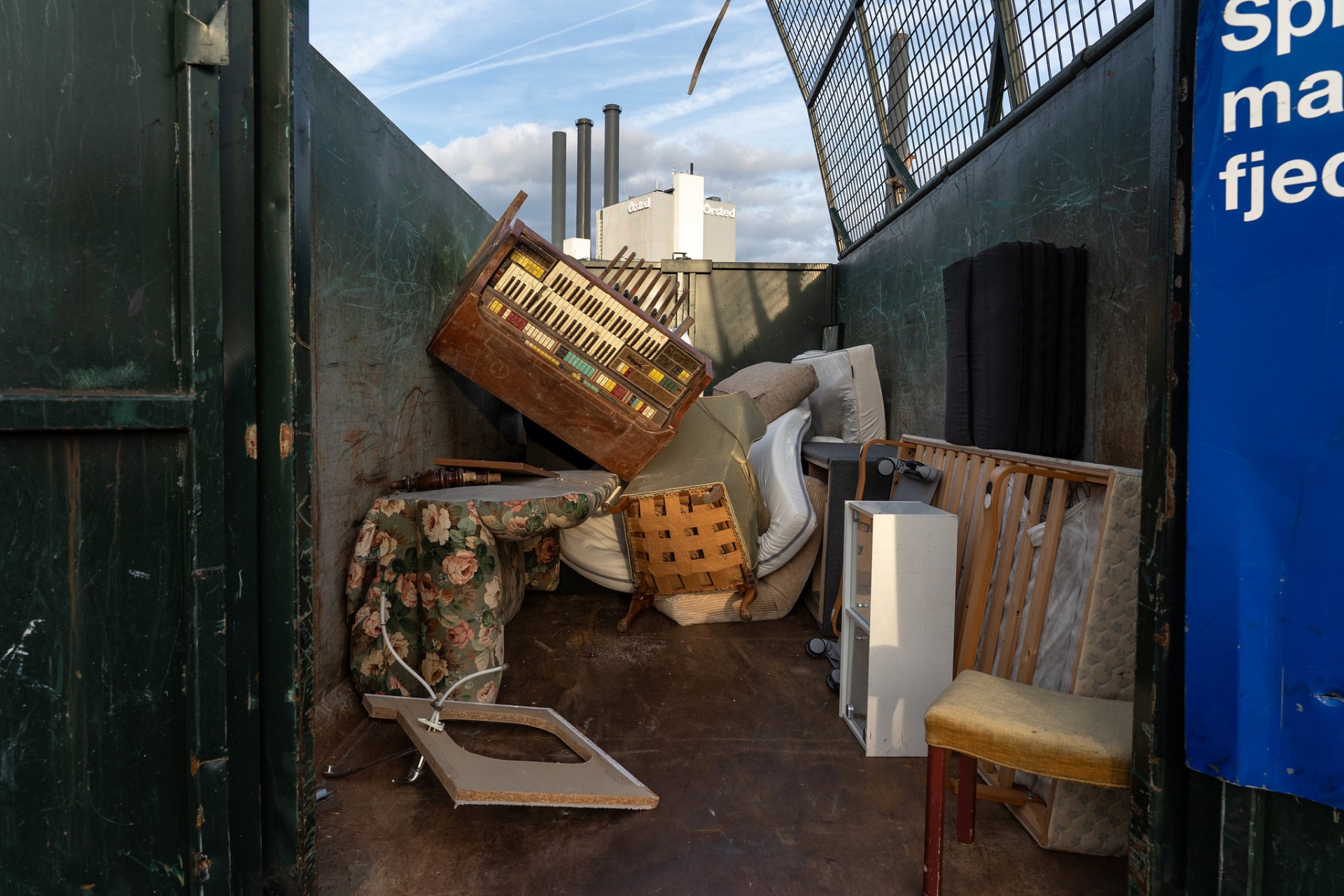
Trash container at recycling station
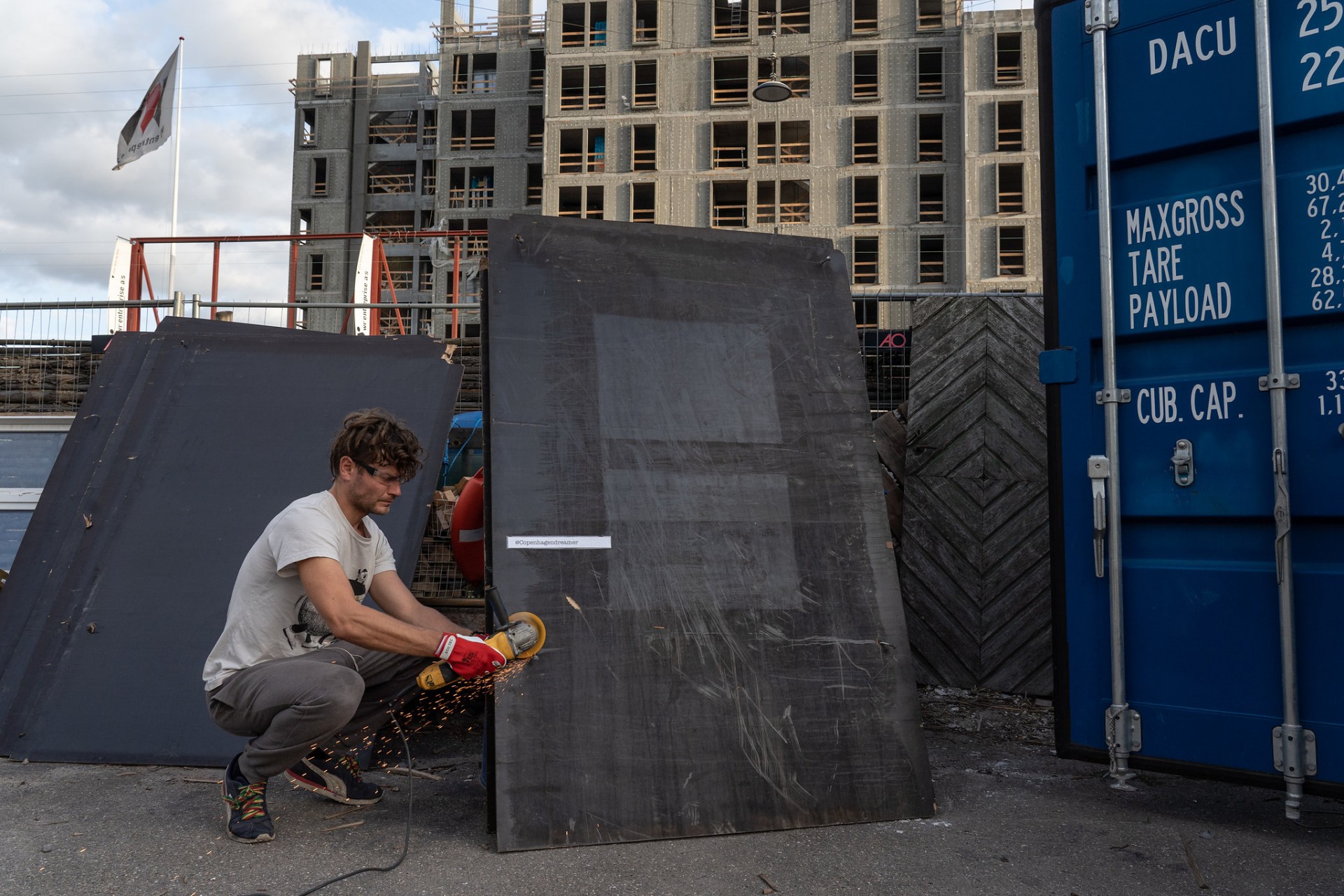
Patryk picks and prepares building materials for his boat
The boat was completed during summer time and was ready for winter. All materials, with minor exclusion, were collected at the recycling station. The walls were isolated, and a stove was installed. Solar panels on the boat's roof create enough electricity to charge mobiles, computers and water pump operation. The boat became a center for a new island in the harbor.
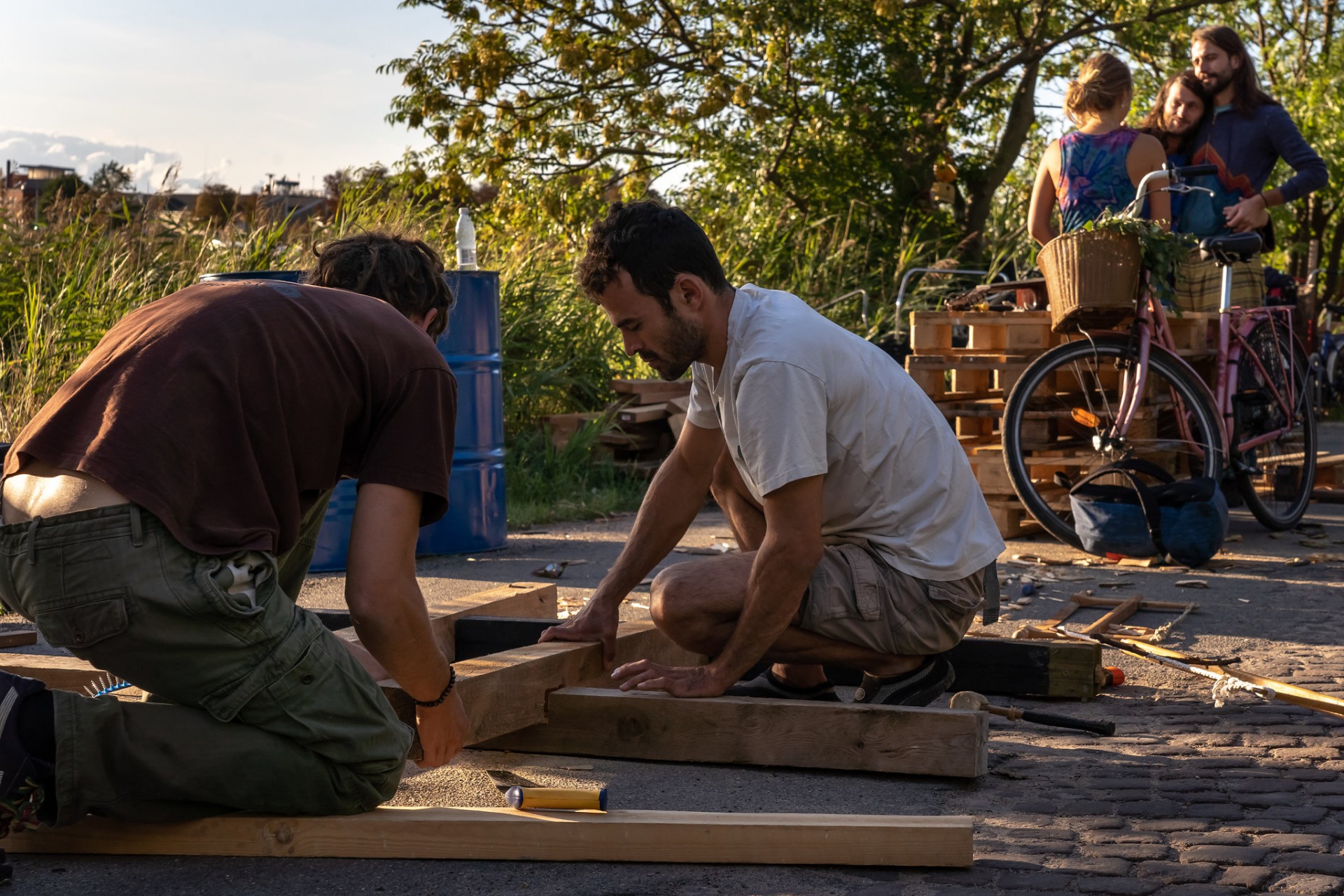
Patryk and Joao build floating toilet
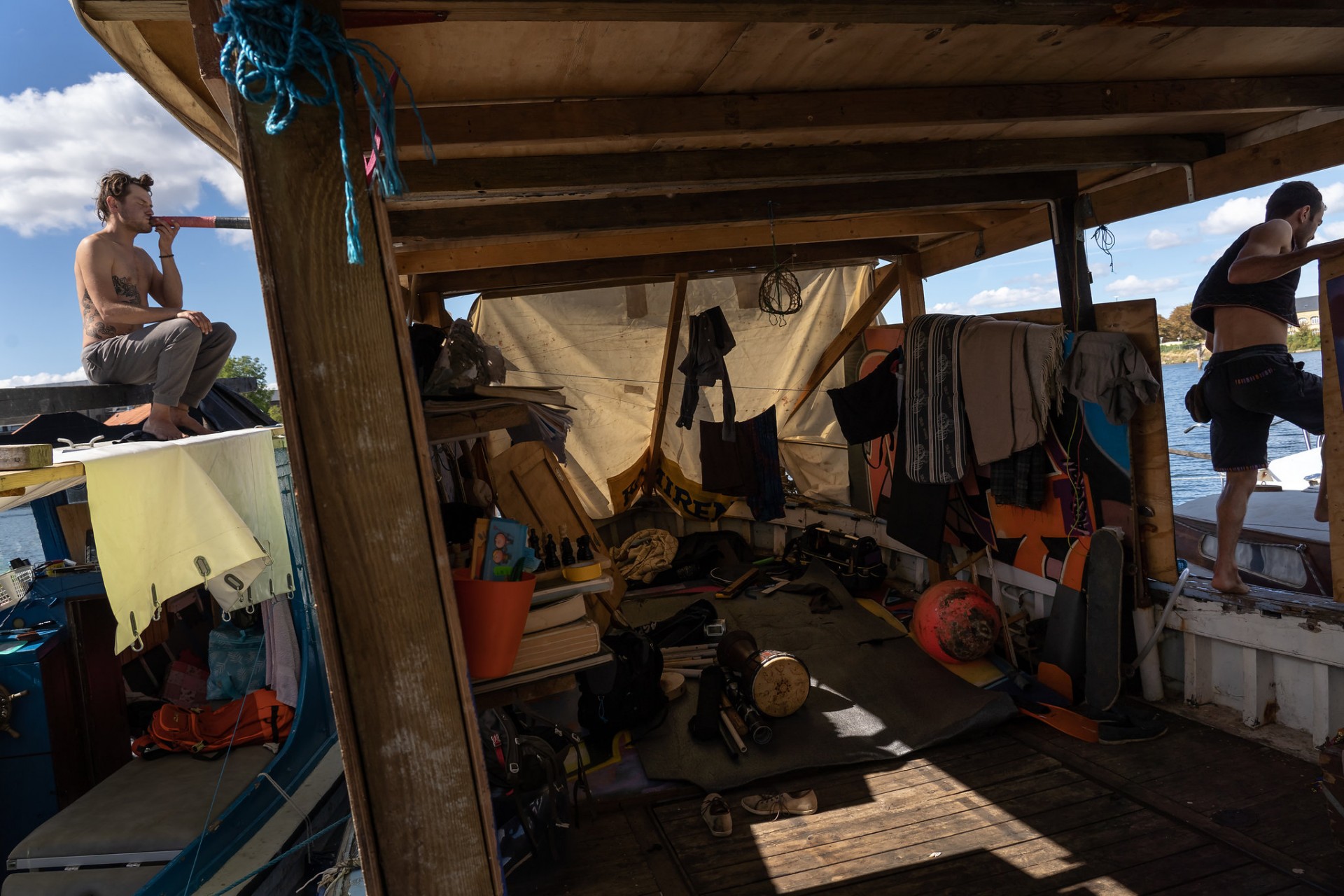
The boat is filled with paintings and musical instruments
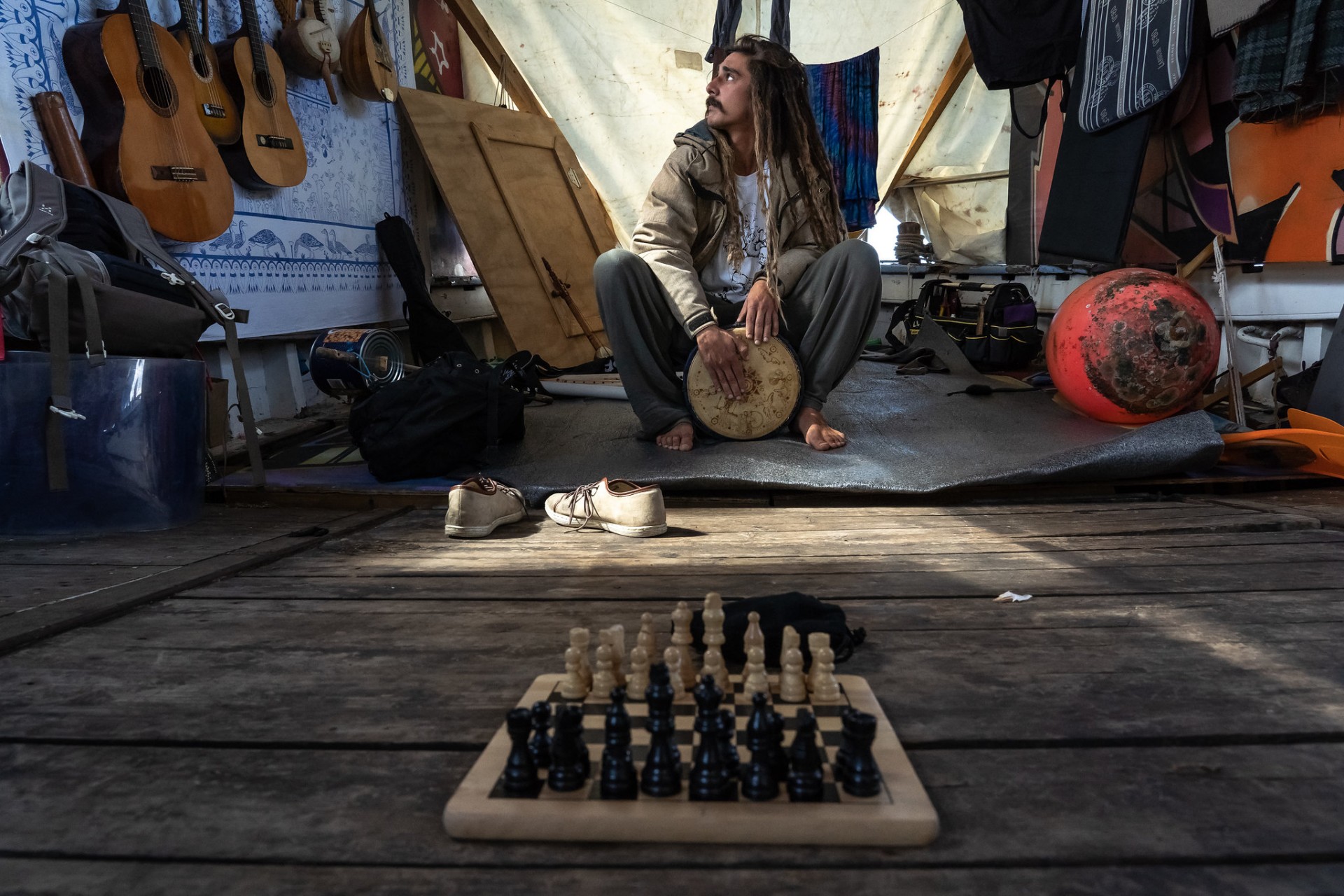
Nassir accompanies Patryk
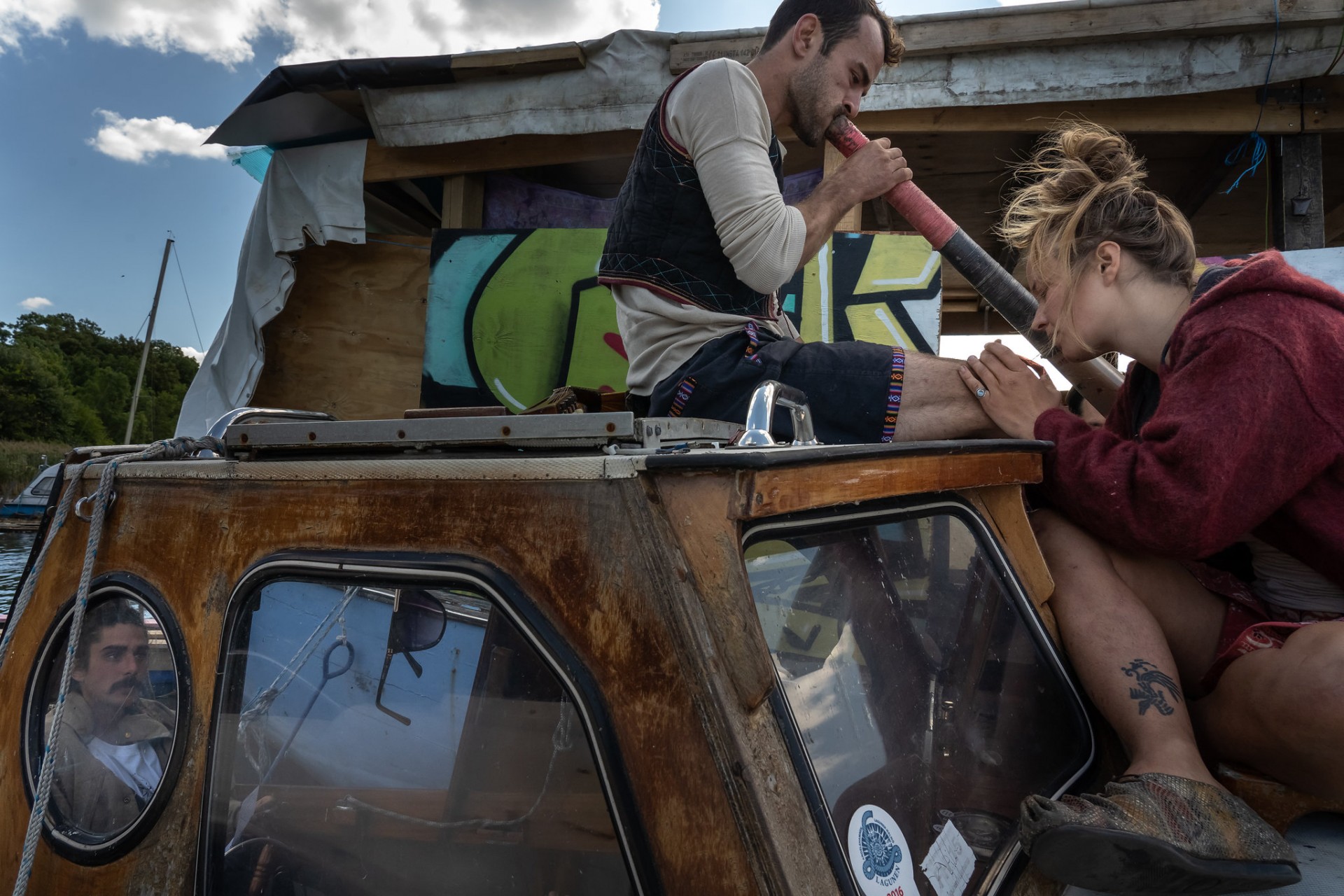
Monika creates temporary tatu on Joao's knee
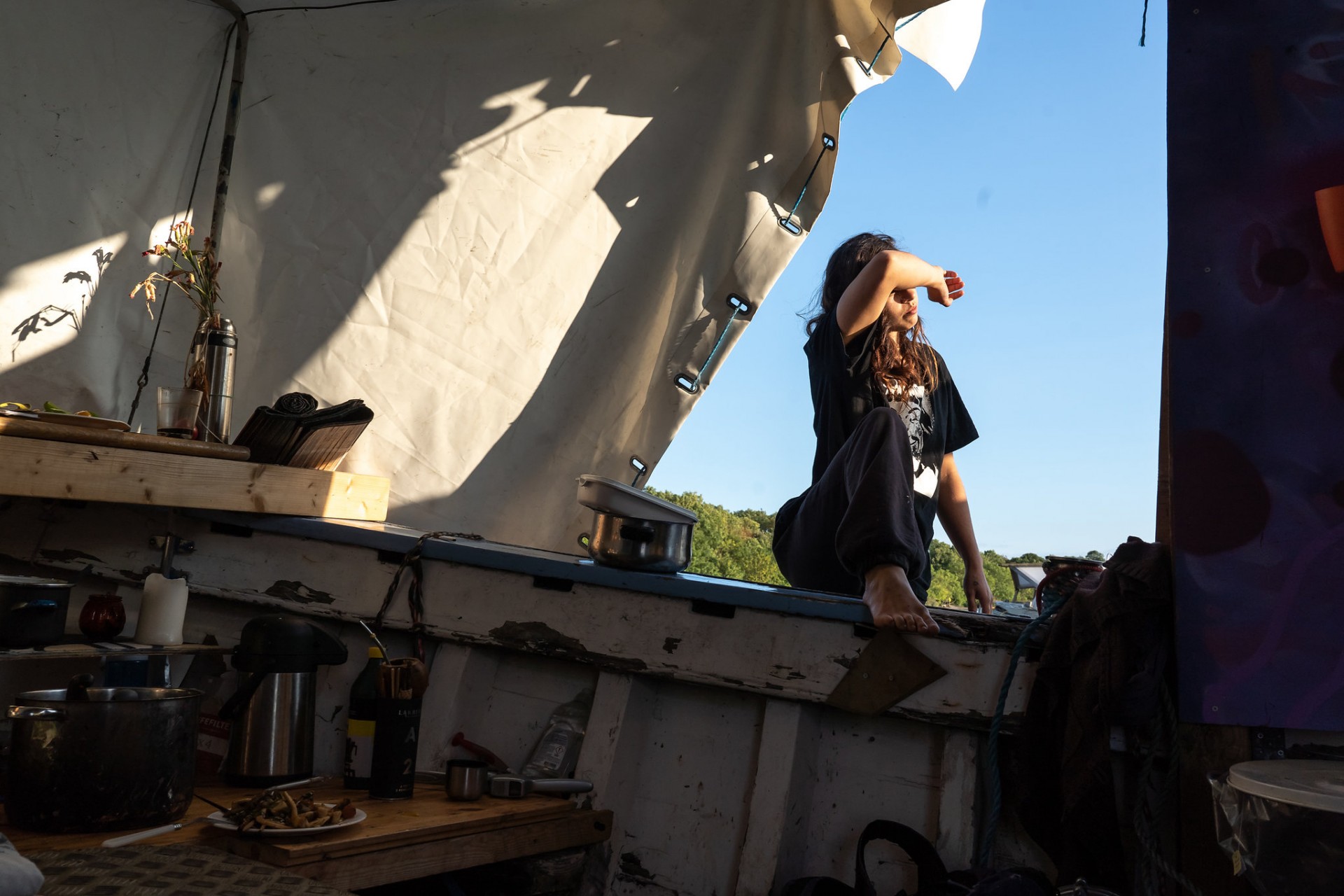
Evening sun
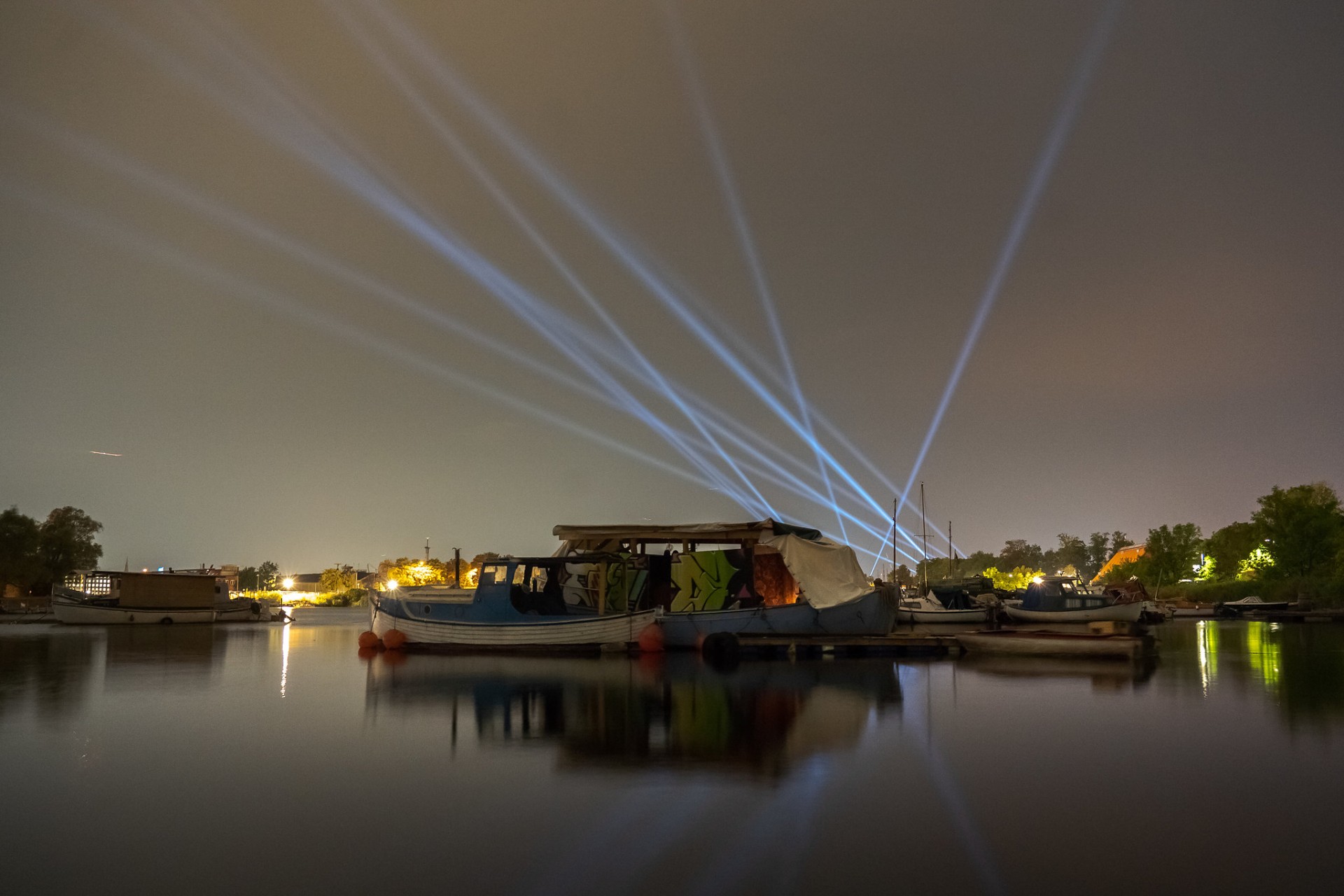
The restaurants at the old docks far behind the harbor light up projectors
Part three: Escape
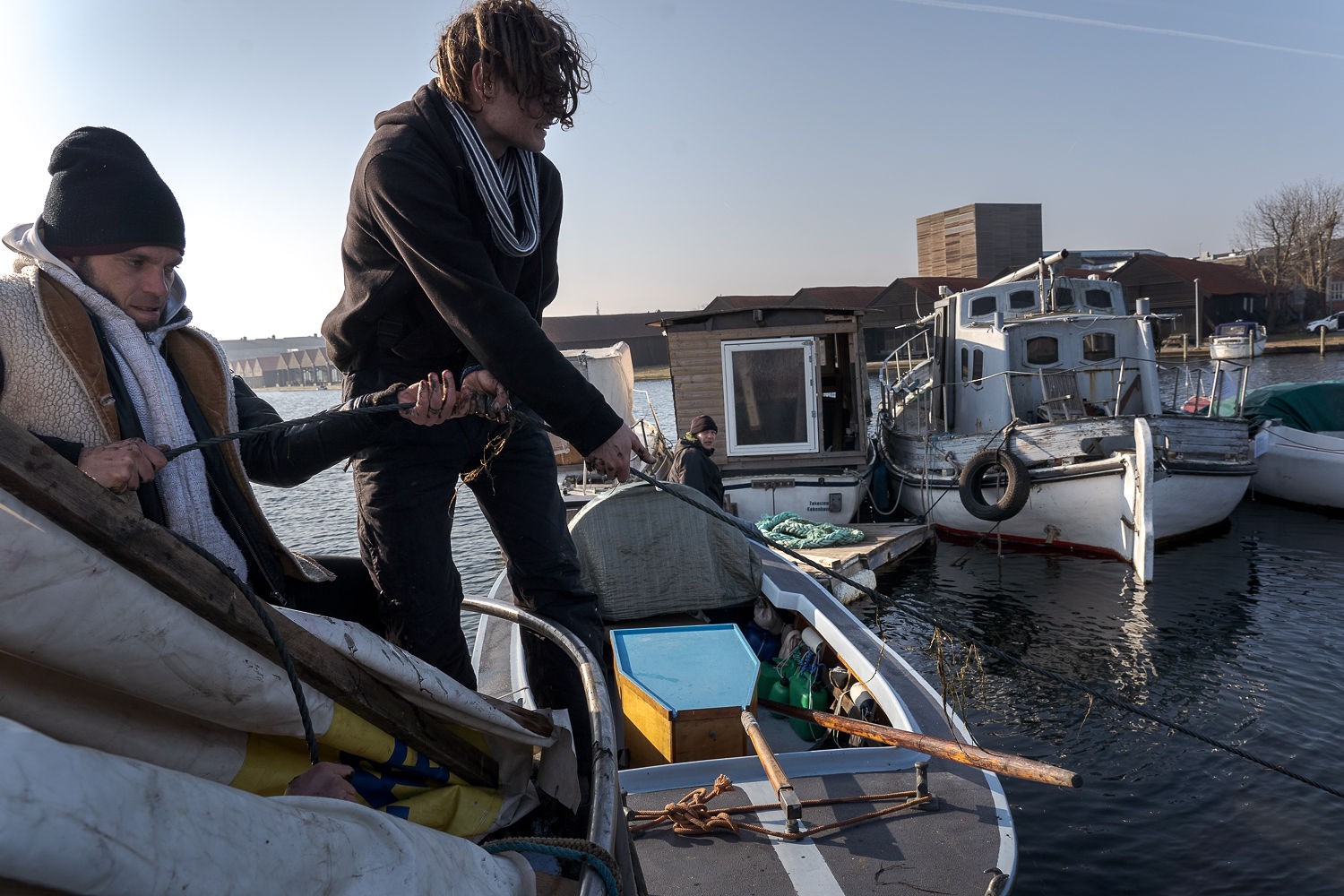
Lifting the anchor
At the end of January, all harbor inhabitants got an eviction notice. The authorities gave time until the 8th of March to remove the boats. Any boat, that would still be in the harbor would have been confiscated. Most people decided not to move but find a compromise with the authorities. Partly because they have nowhere to go.
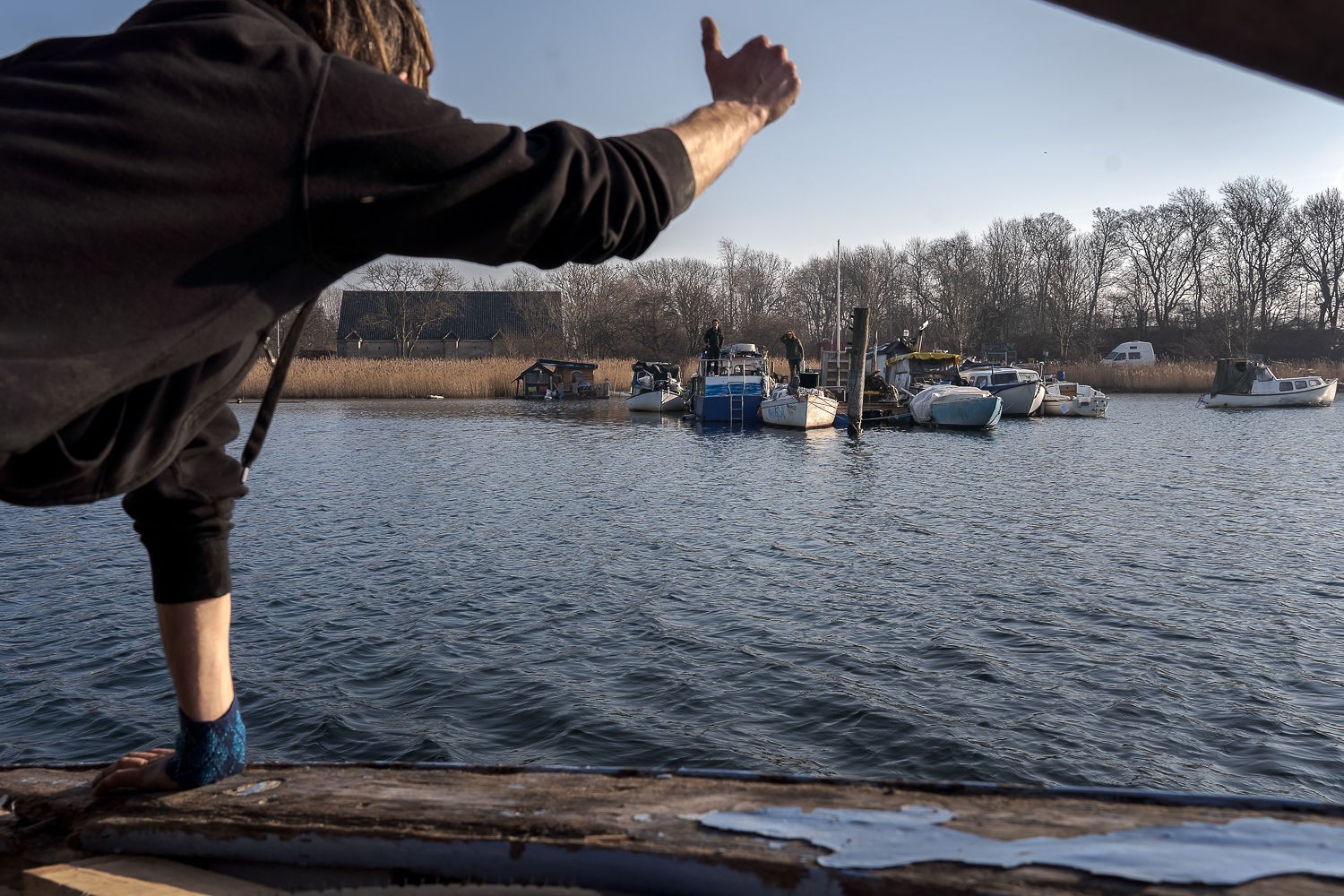
Patryk waves goodbye to the pirate bay
Patryk decided that there is no hope that this time everything will end up with threats. From the press, he found out that authorities got 25 million crowns to clean the harbor. Half a month before the deadline Patryks house left the harbor to find a new place to stay. The boat with high chimney could not fit under the channel's bridges. Two old fellows – bridge master, tried to open the bridge. They succeeded only from the third time.
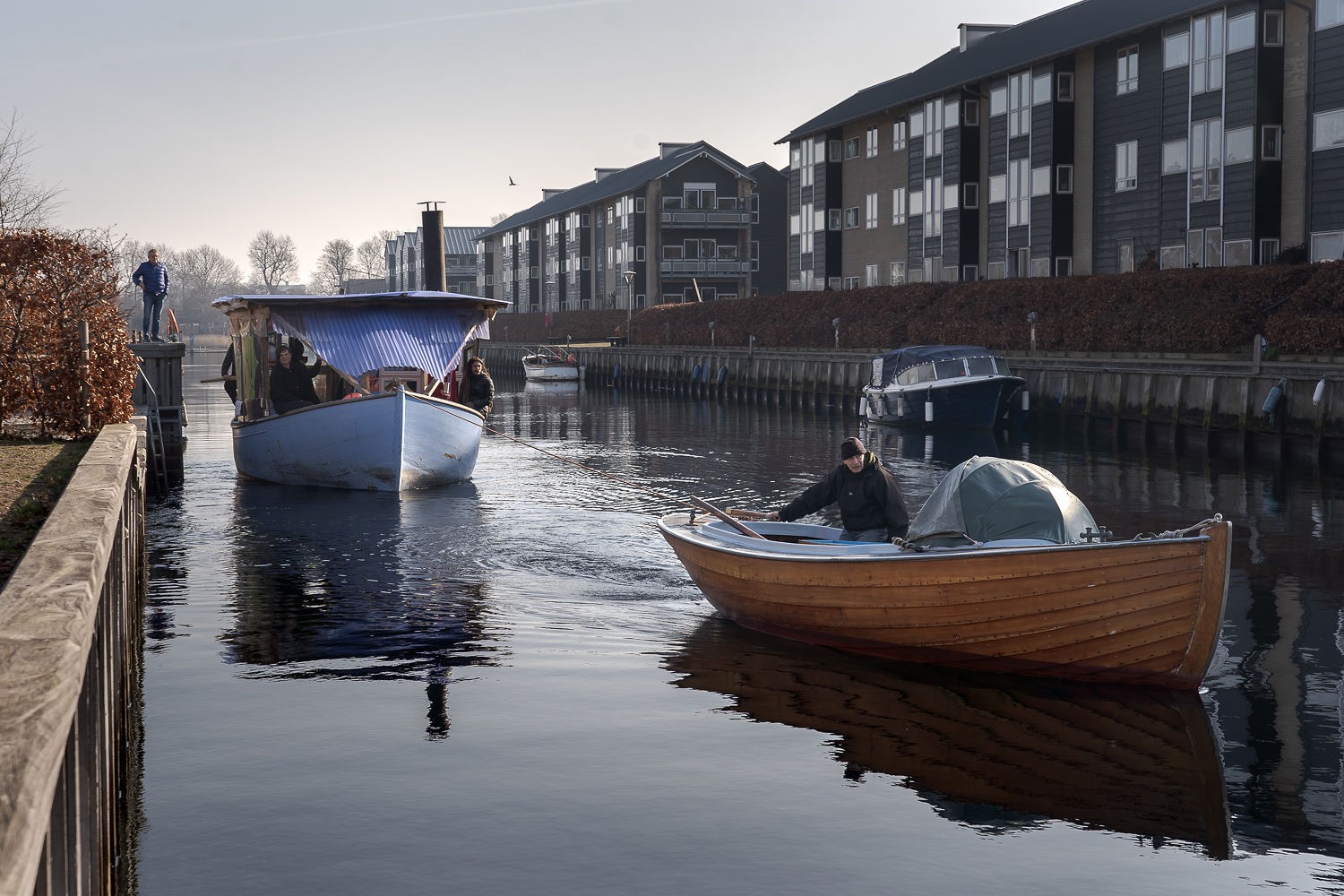
Waiting for a bridge to be open
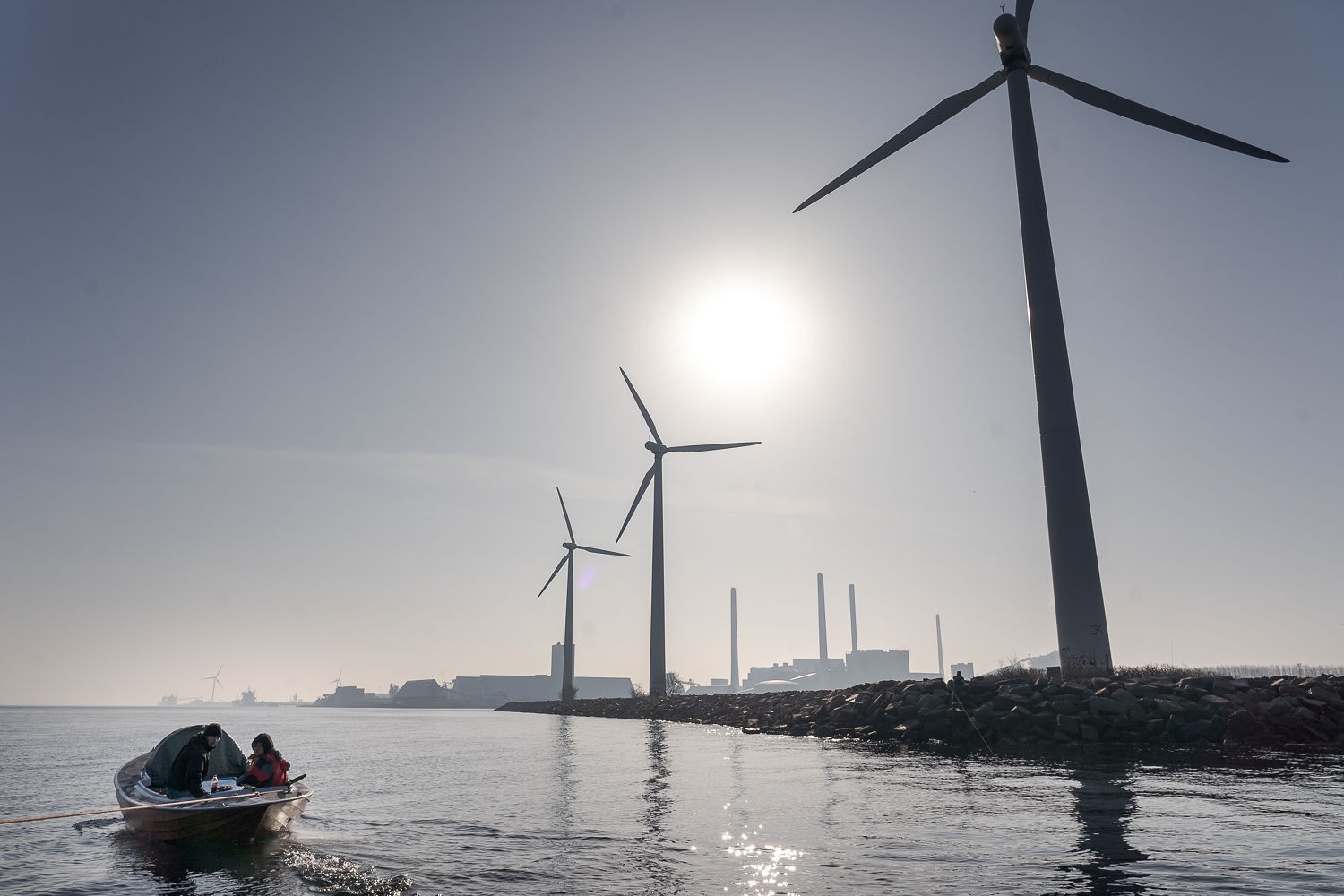
The boat does not have an engine. It is pulled to the new location
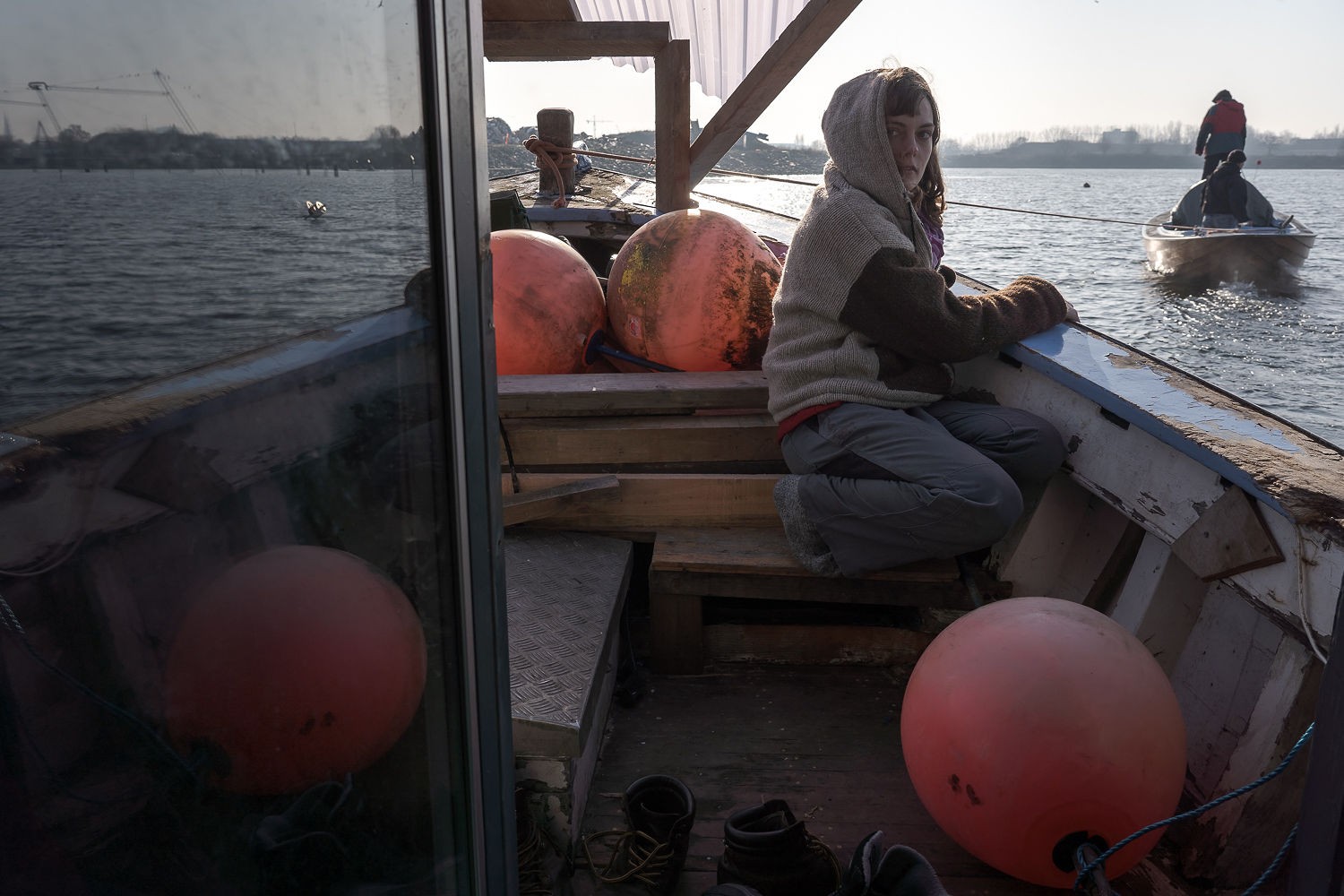
Some of Patryks friends came along on the journey to help and support
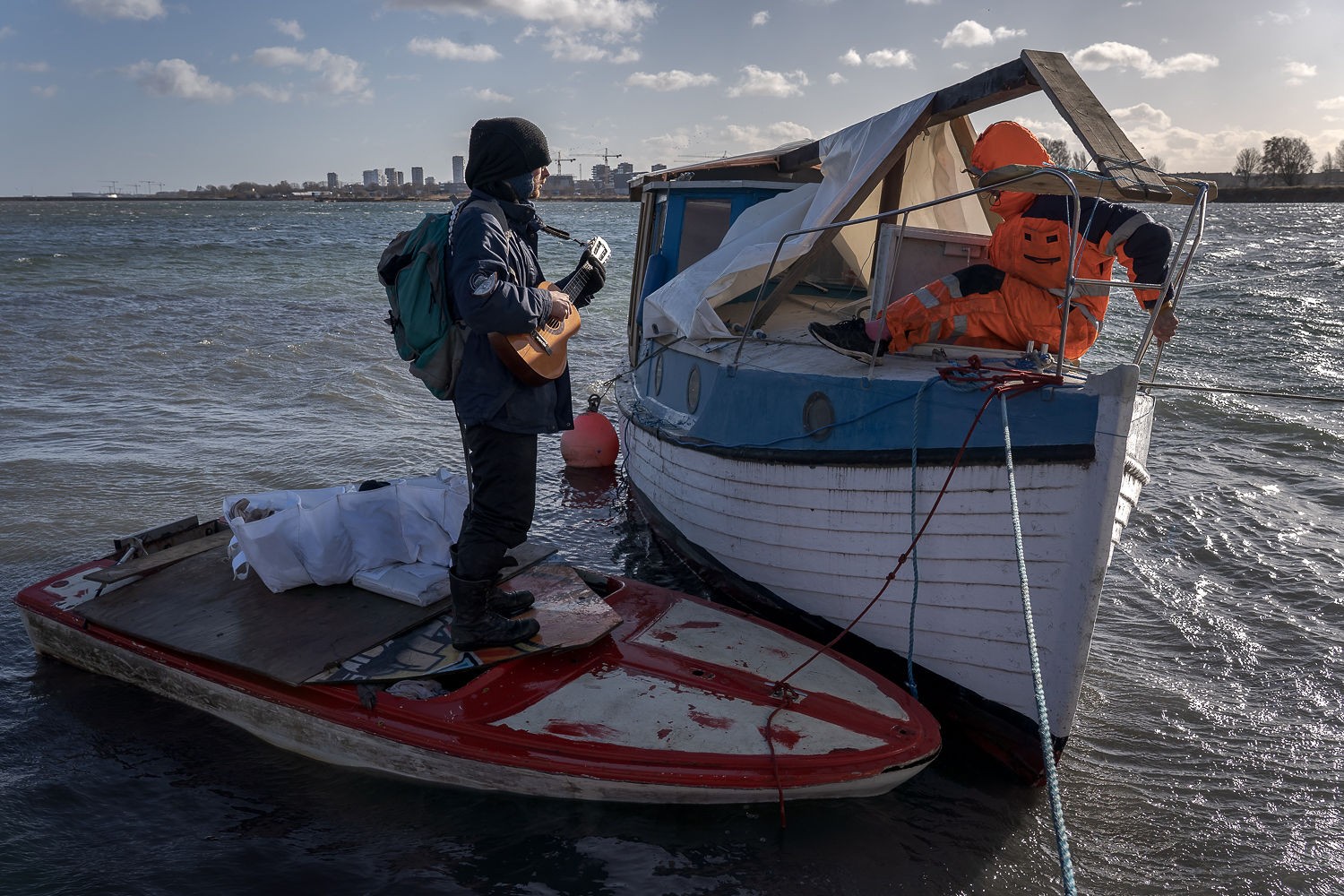
A smaller boat stack on the ground during a storm
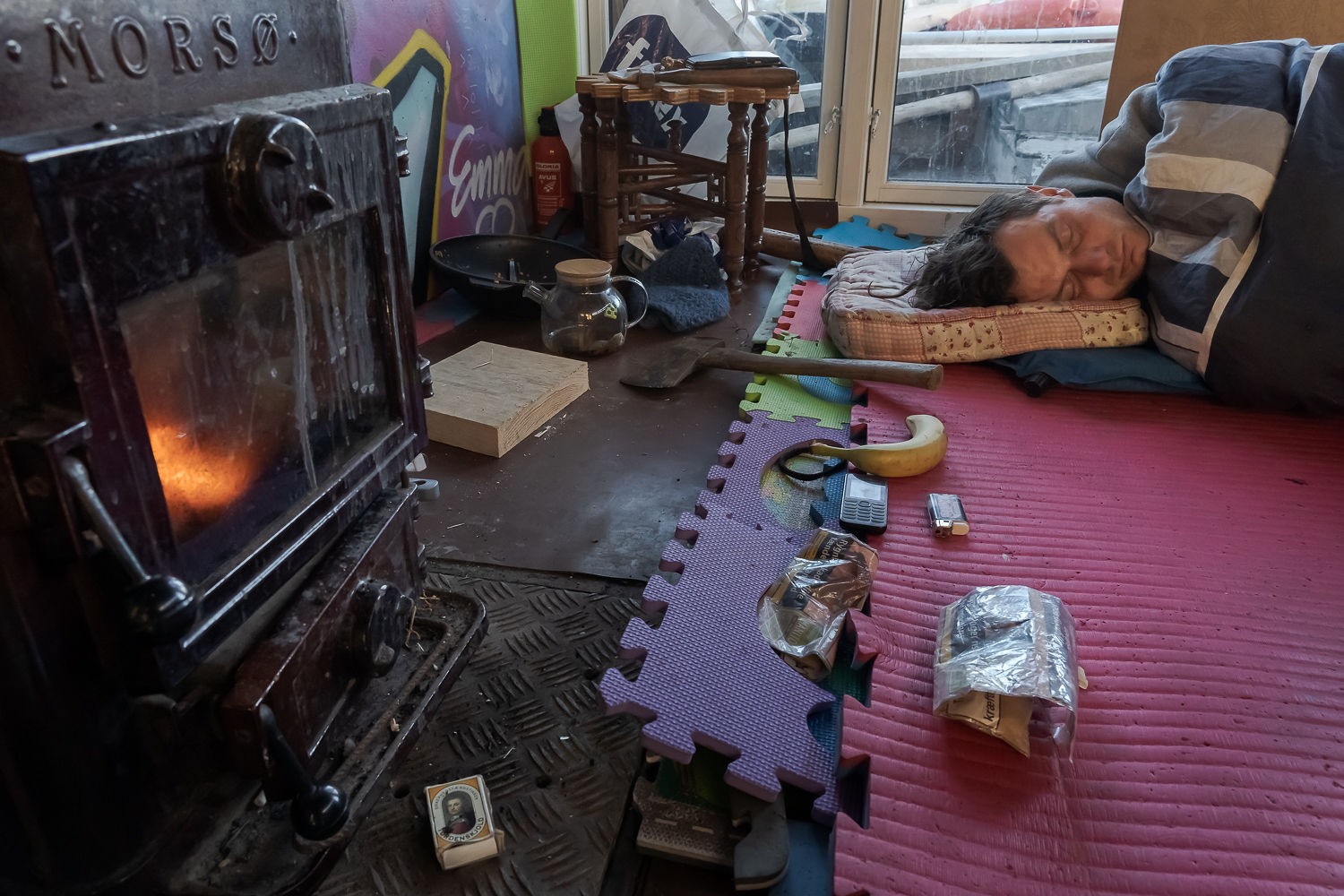
Rest after channel crossing during a storm
After an hour-long journey by the new opera, navy base and windmills the boat hit the bottom at a new place.
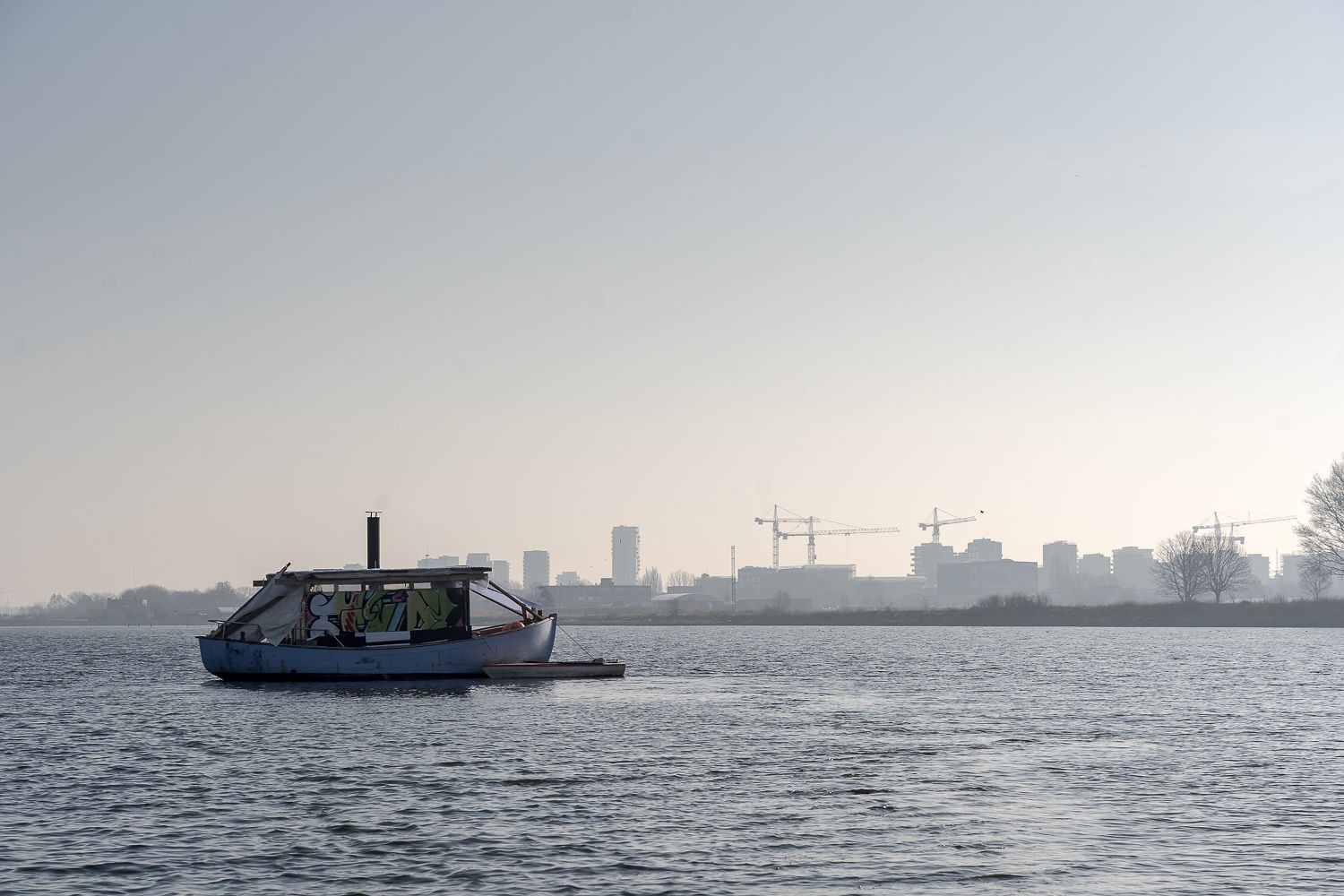
Boats new location is in a port area
Afterword
The escape from society and life on the boat for Esben became an exit from his personal crisis. But for him and for Patryk and many others in the harbor it's a personal choice. They see a future for the whole society in this: organization and development of the life on the water, creation of sustainable society, which will extract the energy from self-renewing sources and will not be based on consumption.
In 2015 an Australian magazine "Water world", which made a review of water-based communities around the world, wrote about Peace Harbor:
In 2015 an Australian magazine "Water world", which made a review of water-based communities around the world, wrote about Peace Harbor:
However the area does provide an interesting example of organic community development and perhaps even an extreme version of up-cycled architecture. It also serves to highlight one of the core distinctions that separate floating communities from the terrestrial and infuse them with so much potential but also a great deal of difficulty; notably the lack of precedent and associated controls and regulations.
This extraordinary place existed in Copenhagen during the past 11 years and became one of the city attractions, which is shown to the tourists from the passing by tourist's boats. Harbor removal date, despite all the threats, is shifted to the summer once again.
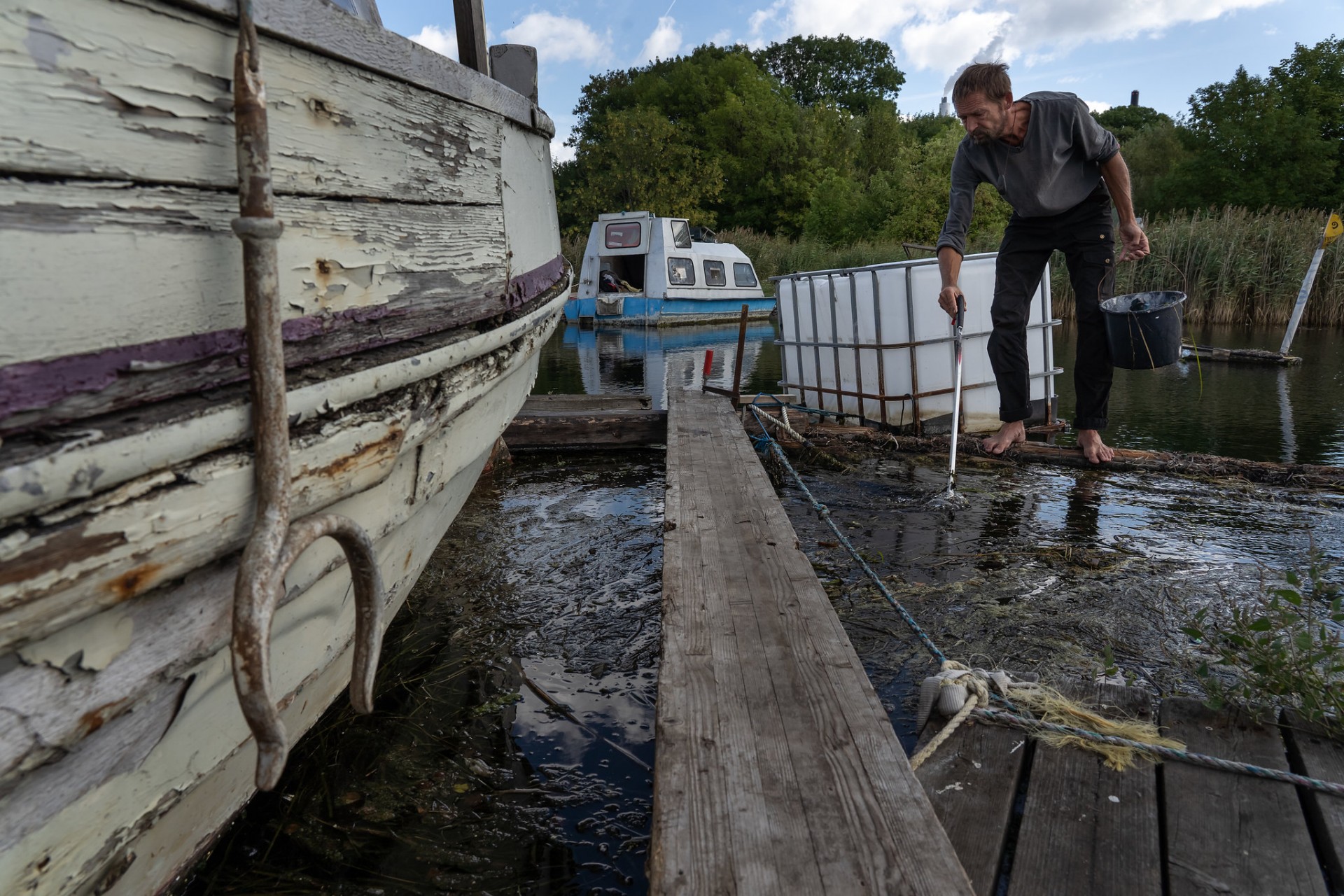
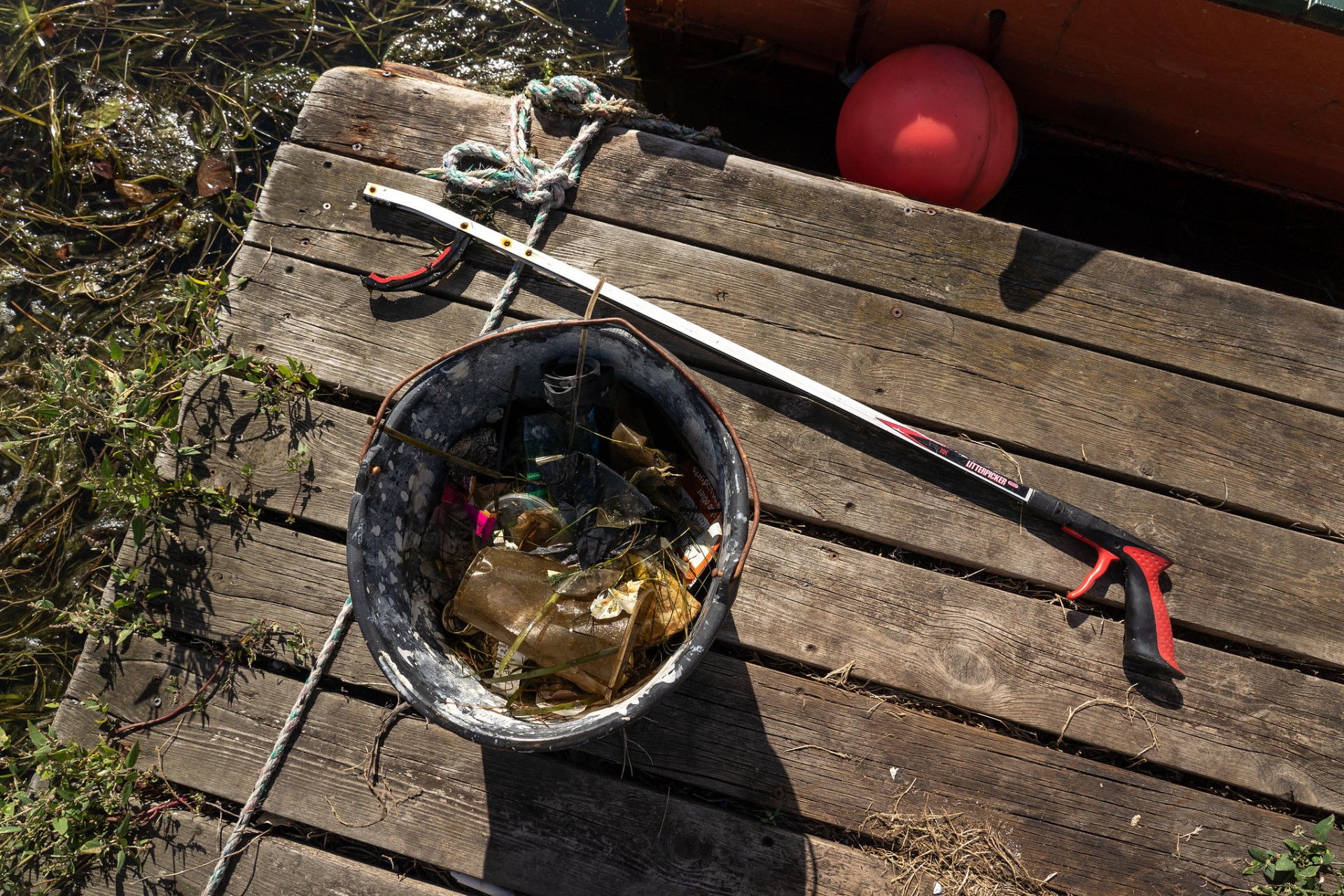
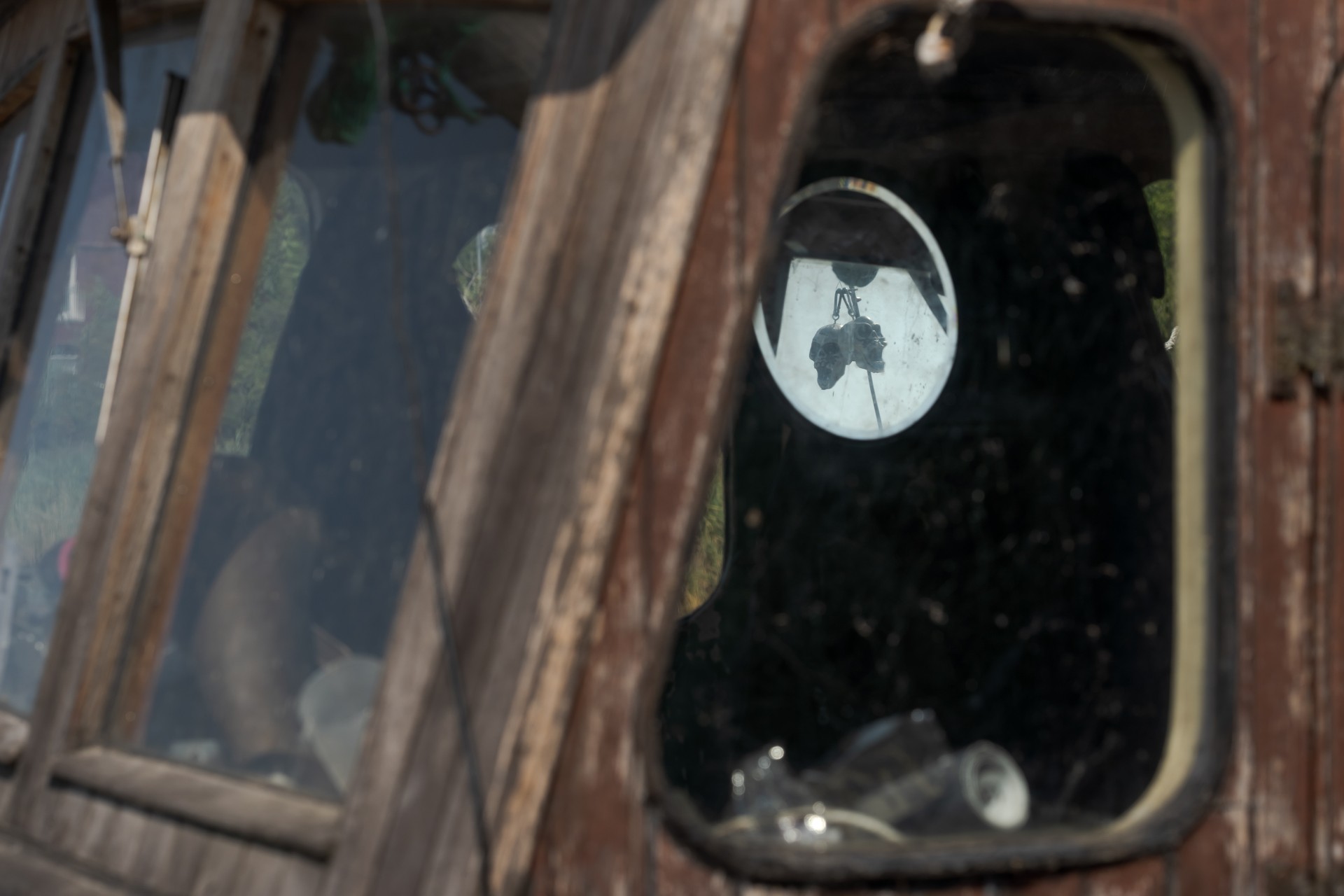
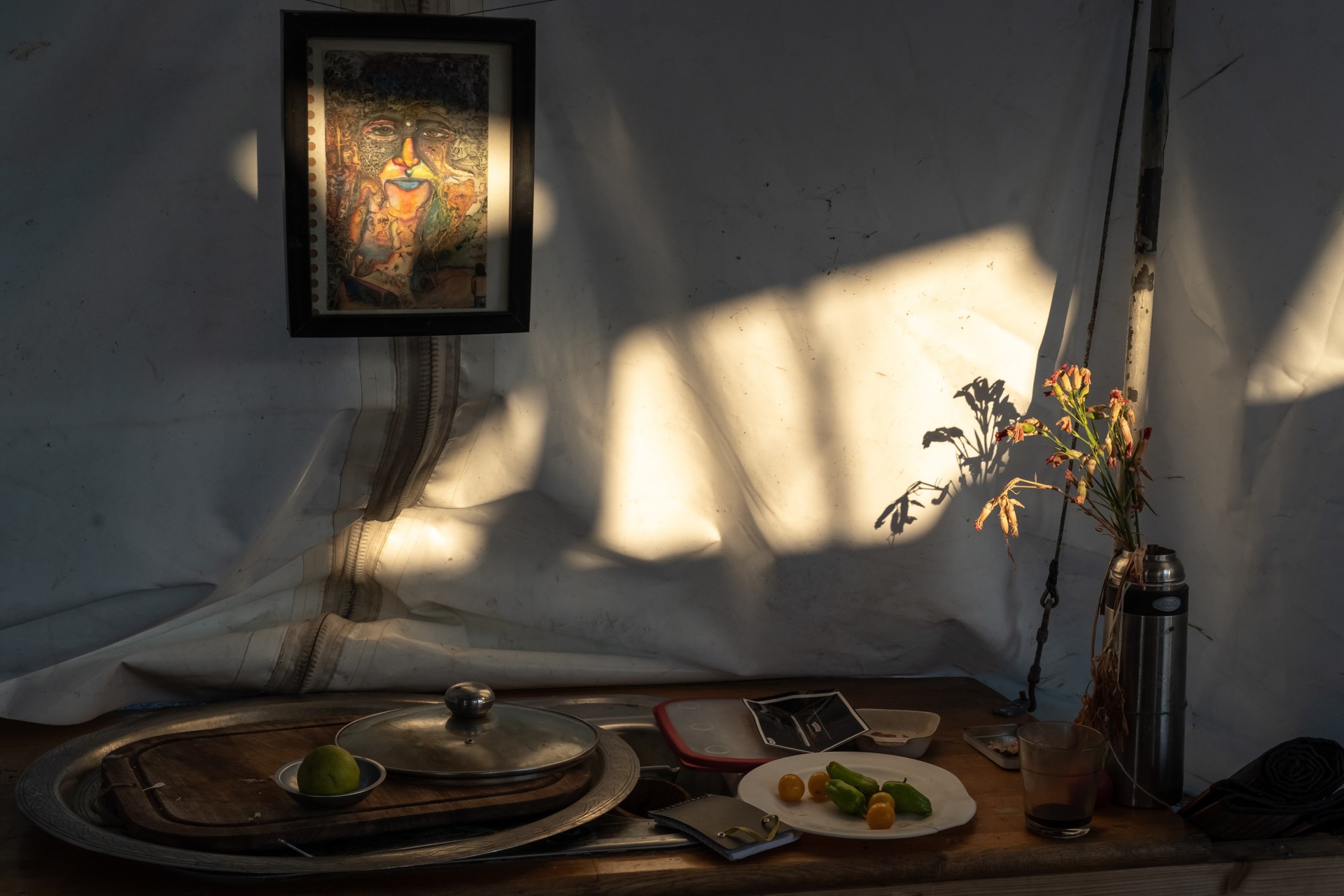
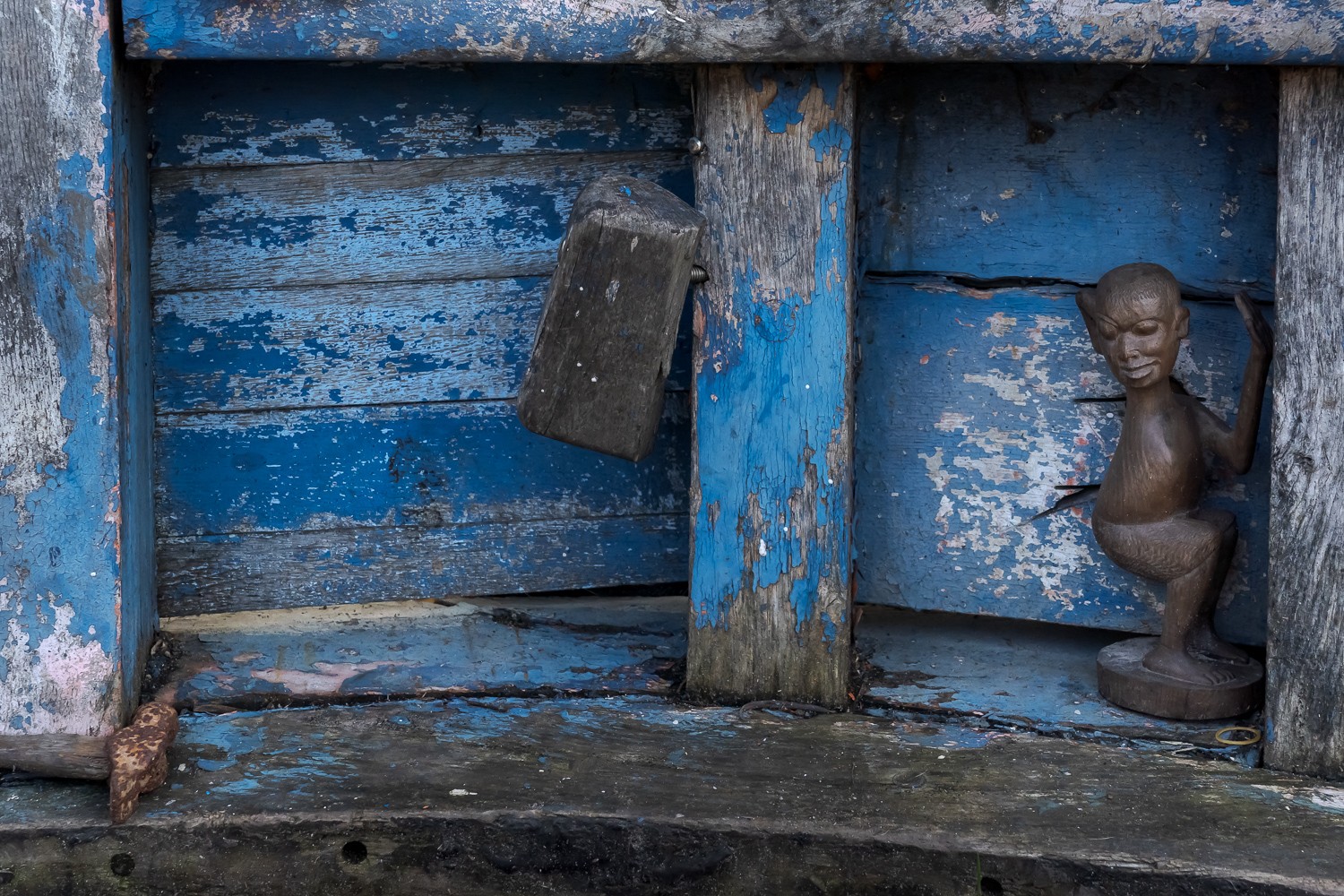
Комментарии:
Вы должны Войти или Зарегистрироваться чтобы оставлять комментарии...